Heron Print Royal Pavilion Orient Nights
£40.00 – £310.00
Description
‘Heron Print Royal Pavilion Orient Nights’
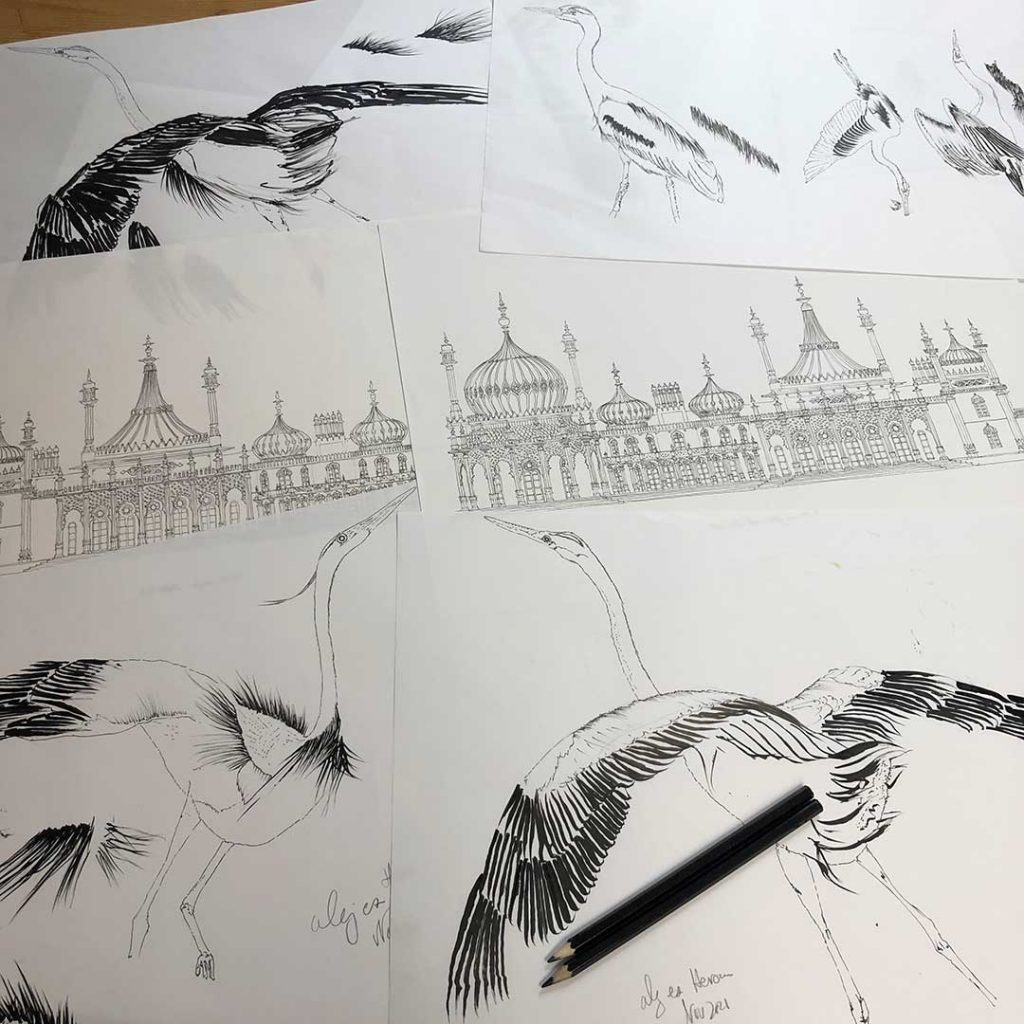

You may also like
-
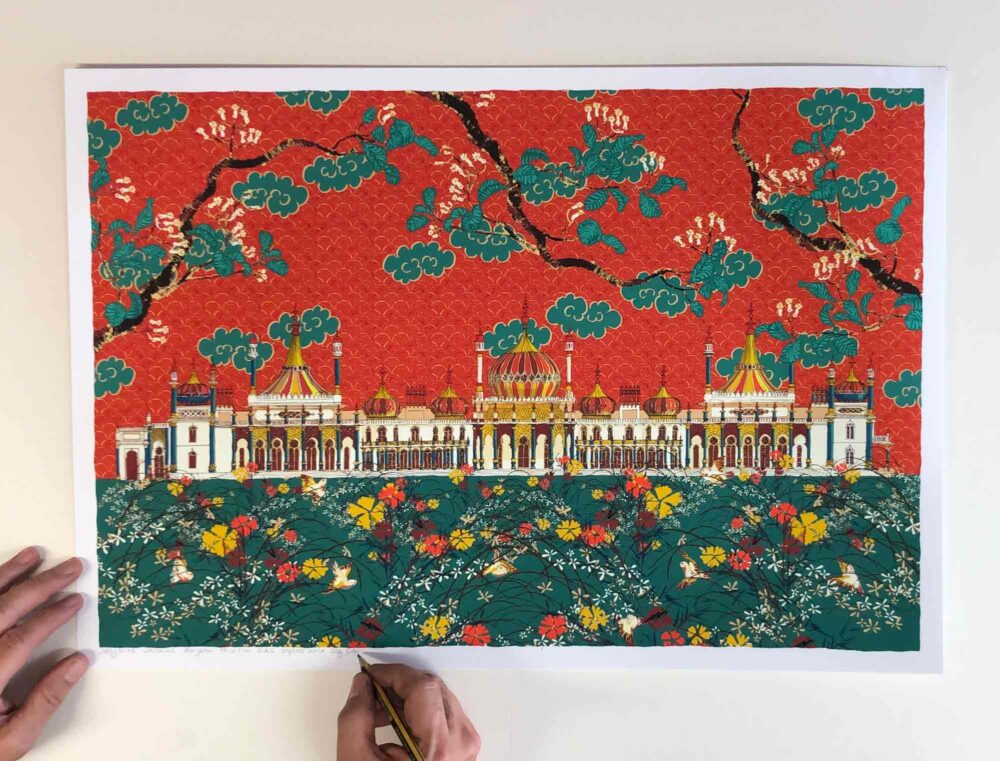
Songbirds among Jasmine under the Lime Tree at Brighton Pavilion Gardens
£40.00 – £310.00 Select options This product has multiple variants. The options may be chosen on the product page -
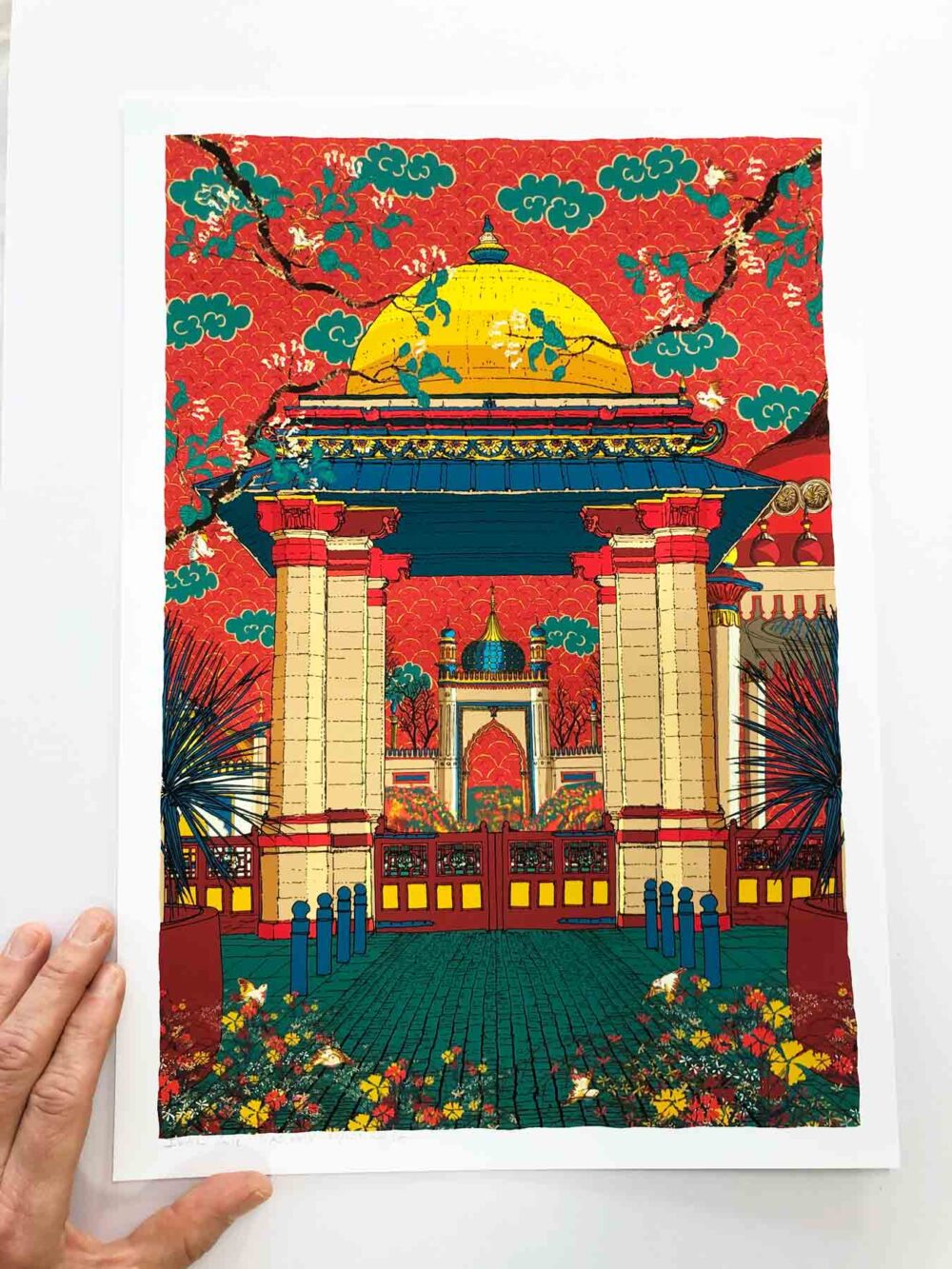
India Gate Brighton Royal Pavilion Gardens
£40.00 – £310.00 Select options This product has multiple variants. The options may be chosen on the product page -
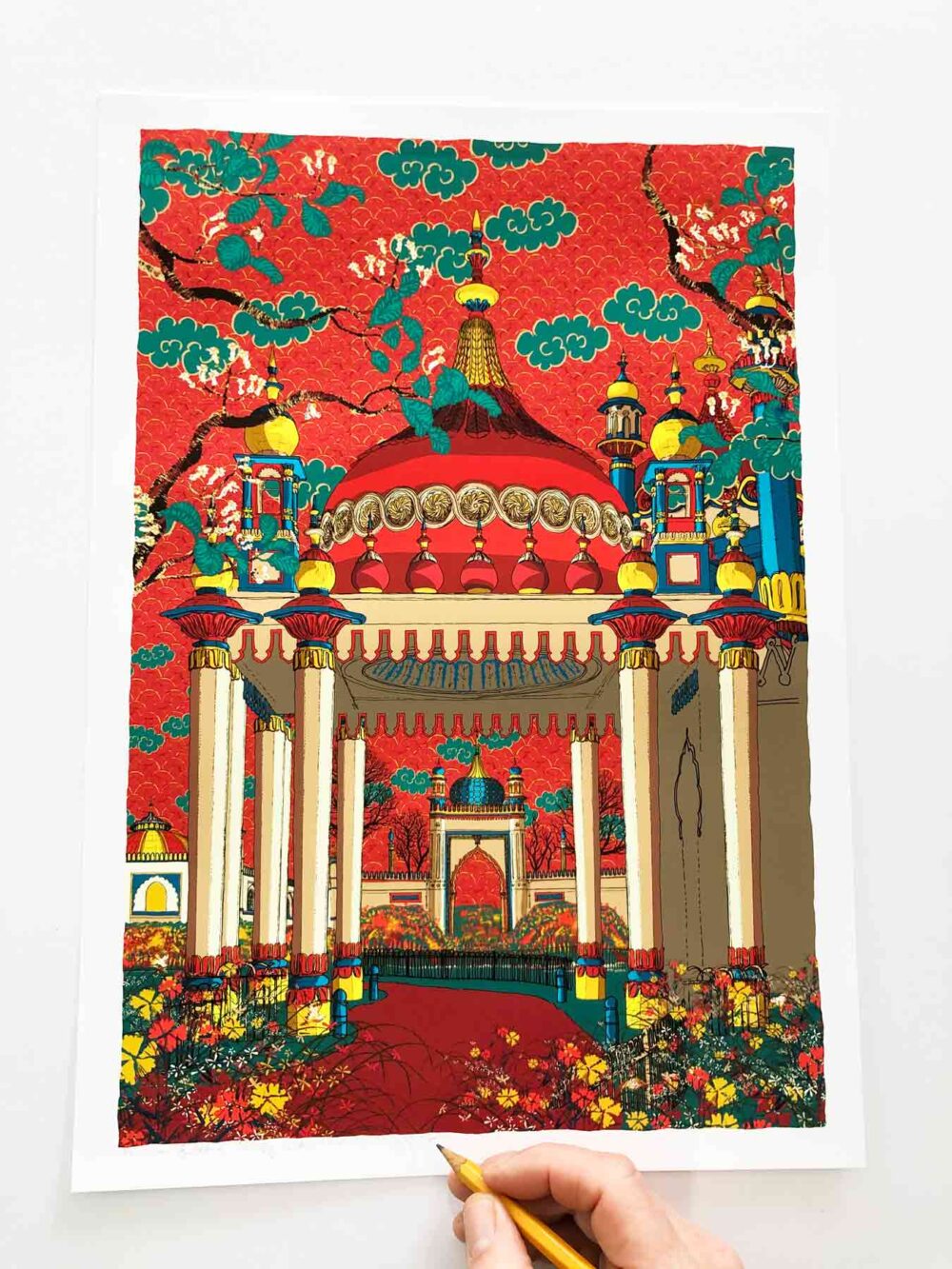
Porte-cochere 1901 Brighton Royal Pavilion
£40.00 – £310.00 Select options This product has multiple variants. The options may be chosen on the product page -

Phoenix and Butterflies Chinoiserie Screen at Brighton Pavilion Gardens
£40.00 – £310.00 Select options This product has multiple variants. The options may be chosen on the product page -
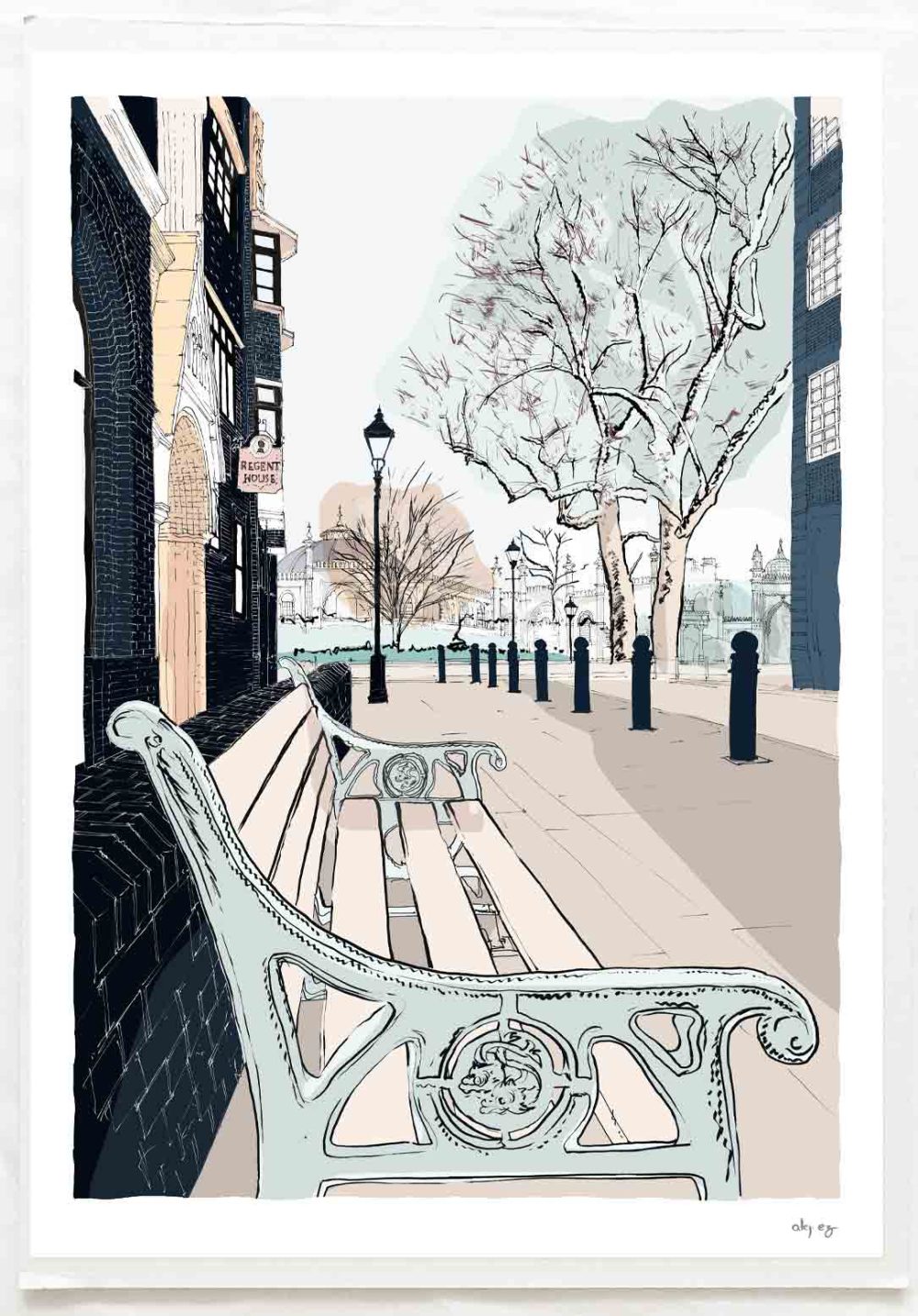
Prince’s Place Pavilion Gardens by the Dome
£40.00 – £310.00 Select options This product has multiple variants. The options may be chosen on the product page -

Hers and His Fitzherbert and George IV Brighton Pavilion Song
£192.00 add to basket -

Brighton Pavilion Finials and Domes Song
£40.00 add to basket -

Brighton Pavilion Domes and Turrets Song
£40.00 add to basket -

Regency Song Brighton Royal Pavilion Finial and Domes
£40.00 – £180.00 Select options This product has multiple variants. The options may be chosen on the product page -
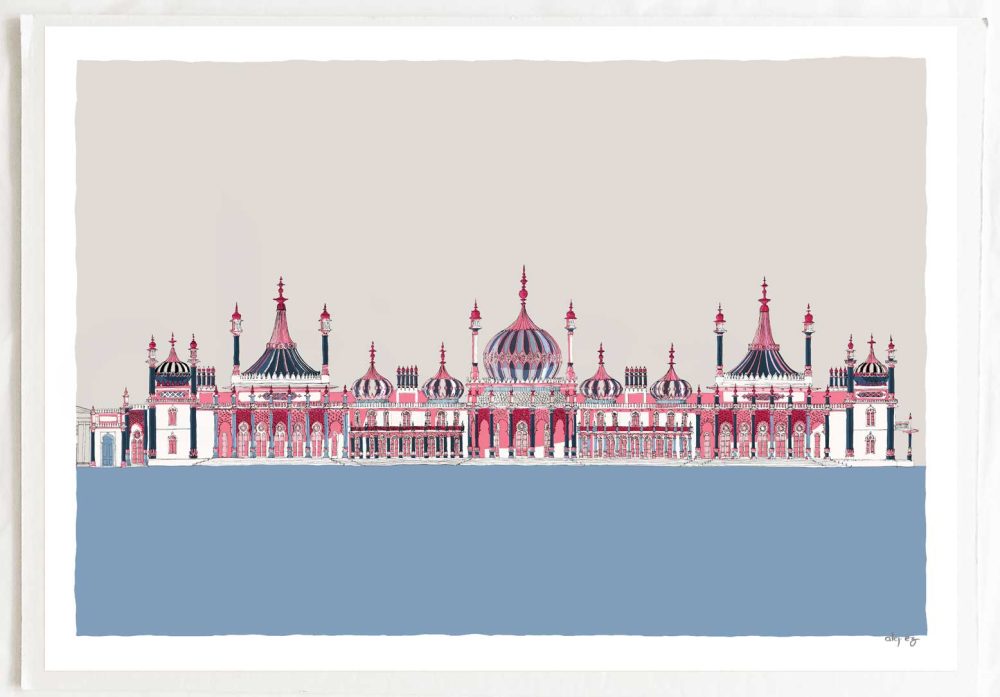
Brighton Royal Pavilion Matinee Song
£40.00 – £310.00 Select options This product has multiple variants. The options may be chosen on the product page -

Brighton Royal Pavilion Song
£40.00 – £310.00 Select options This product has multiple variants. The options may be chosen on the product page -

Brighton Pavilion Magic Lantern Slide Song
£40.00 add to basket -

Cherry Blossom and Blue Tits at Pavilion Gardens by the Dome Brighton
£40.00 – £310.00 Select options This product has multiple variants. The options may be chosen on the product page -

Pigeon Song Pavilion Gardens Brighton
£40.00 – £310.00 Select options This product has multiple variants. The options may be chosen on the product page -
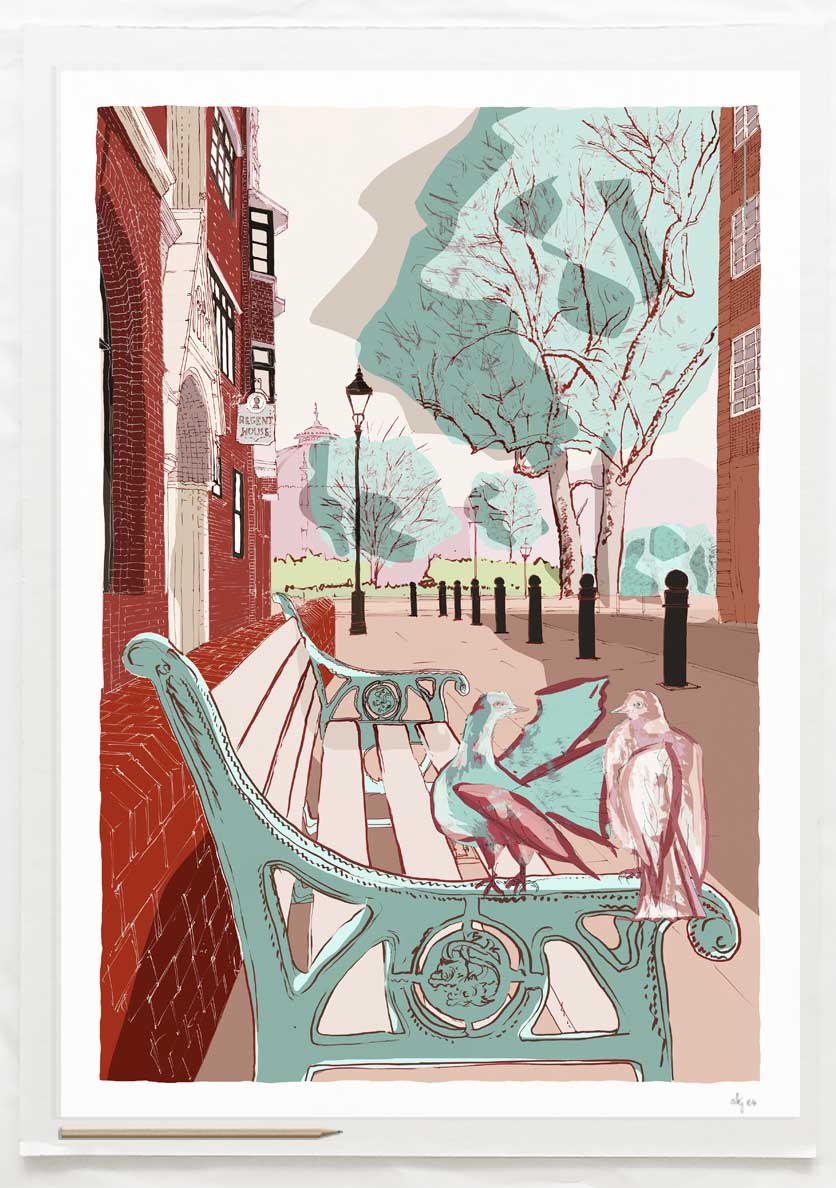
Prince’s Place Love Pigeons Pavilion Gardens by the Dome
£40.00 – £310.00 Select options This product has multiple variants. The options may be chosen on the product page -

Dragon print Brighton Pavilion Life Triptych
£142.00 – £912.00 Select options This product has multiple variants. The options may be chosen on the product page -
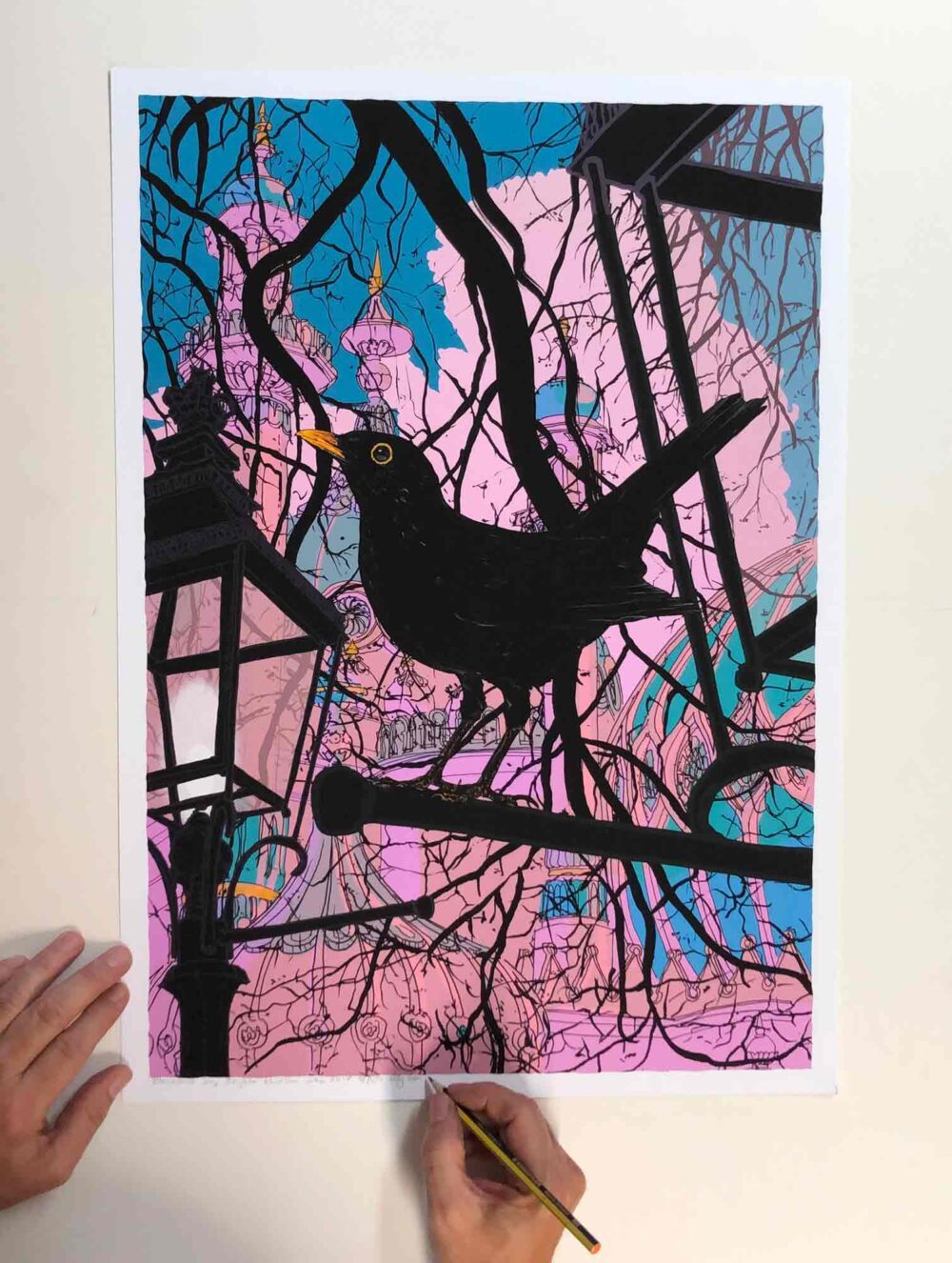
Brighton Pavilion Early Morn Blackbird Song
£40.00 – £310.00 Select options This product has multiple variants. The options may be chosen on the product page -
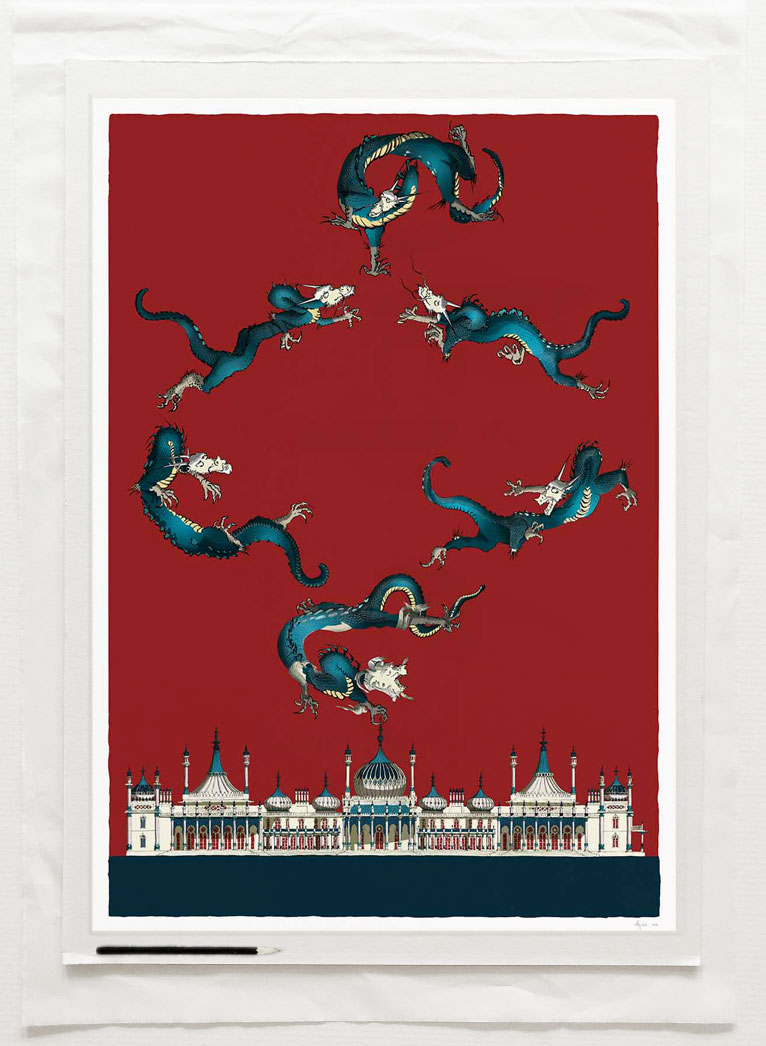
Dragon Artist Chinoiseriez
£40.00 – £180.00 Select options This product has multiple variants. The options may be chosen on the product page -
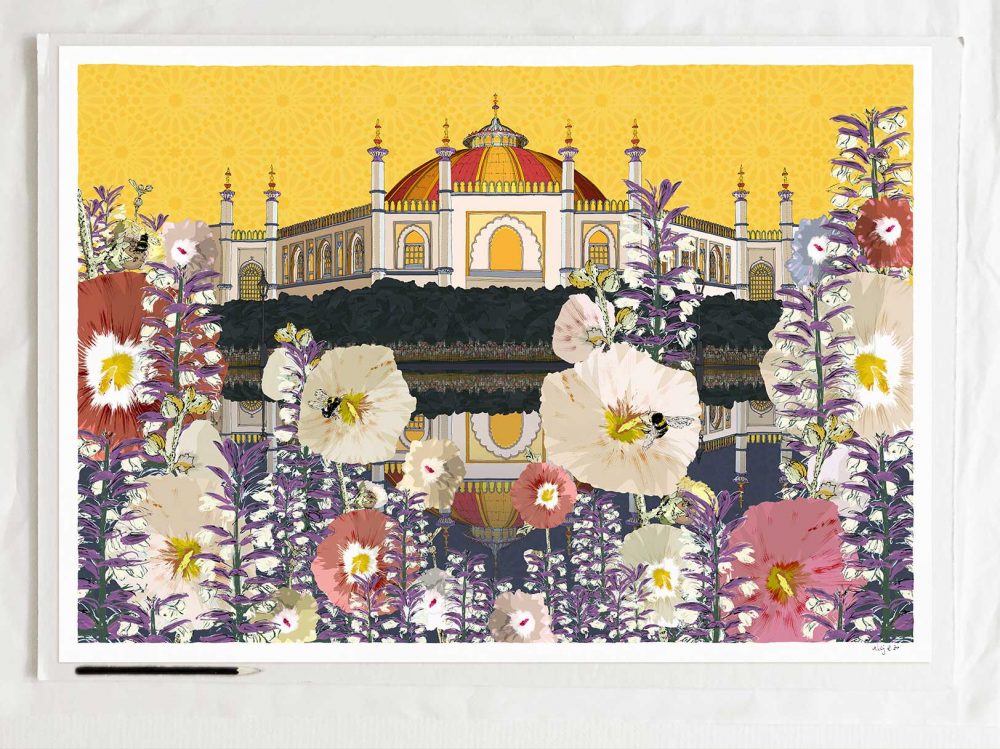
Bumblebees buzzing upon Hollyhocks and Acanthus at Pavilion Gardens
£40.00 – £310.00 Select options This product has multiple variants. The options may be chosen on the product page -

Heron Print Royal Pavilion Orient Nights
£40.00 – £310.00 Select options This product has multiple variants. The options may be chosen on the product page -
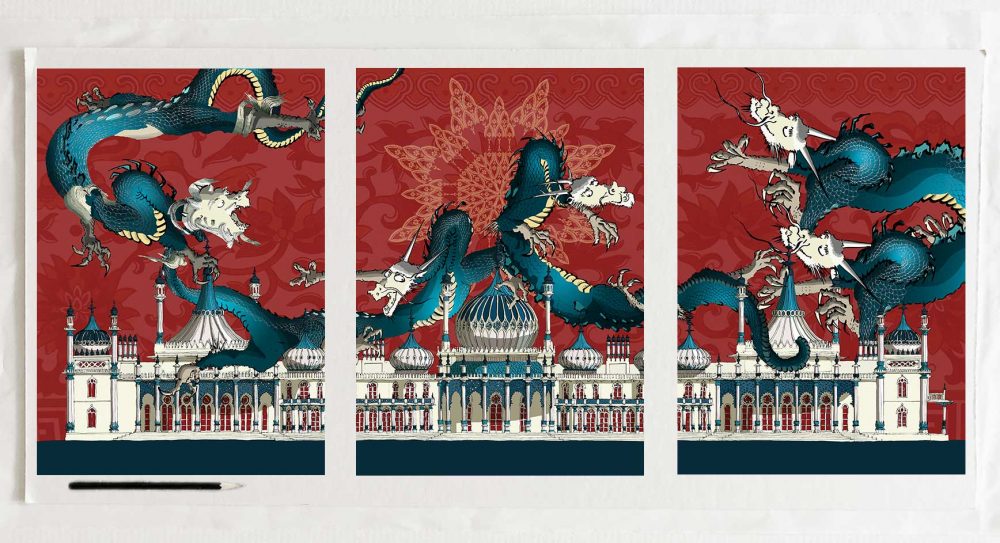
Dragon print Brighton Pavilion Crimson and Blue Samson Triptych
£142.00 – £912.00 Select options This product has multiple variants. The options may be chosen on the product page -

Dragon Picture Brighton Pavilion Orient Nights Zou
£182.00 – £292.00 Select options This product has multiple variants. The options may be chosen on the product page -

Dragons Picture Brighton Pavilion Orient Nights You
£182.00 – £292.00 Select options This product has multiple variants. The options may be chosen on the product page -

Butterfly Art Royal Pavilion Crystal Blue
£40.00 – £310.00 Select options This product has multiple variants. The options may be chosen on the product page -
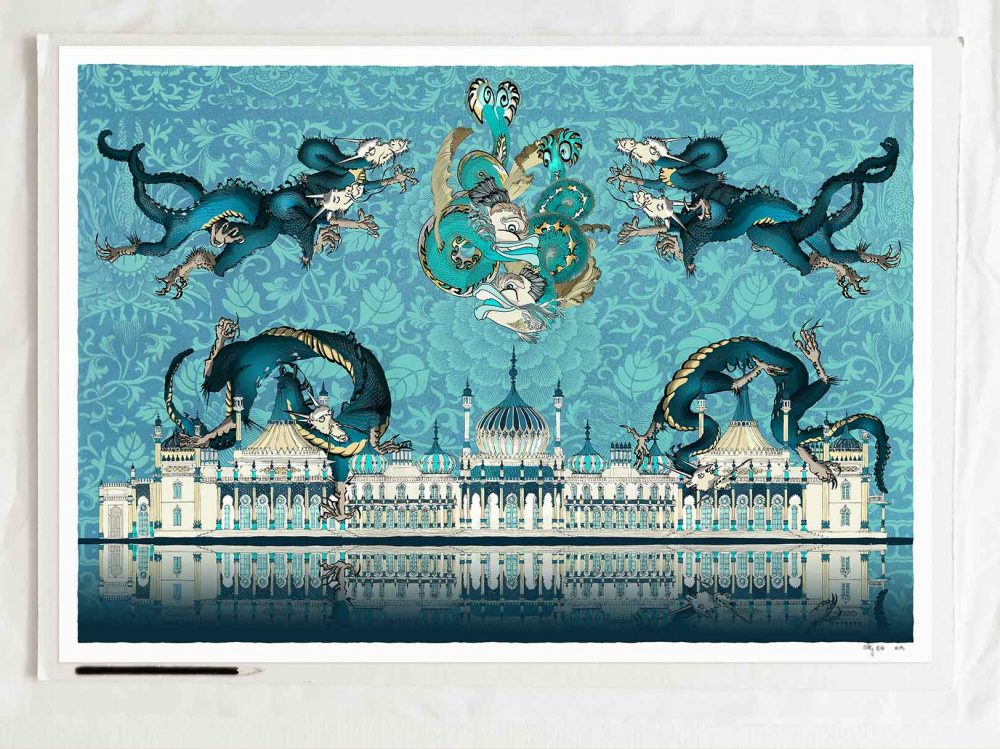
Dragons Art Brighton Pavilion Crystal Blue
£40.00 – £310.00 Select options This product has multiple variants. The options may be chosen on the product page -

Brighton Royal Pavilion Crystal Blue
£40.00 – £310.00 Select options This product has multiple variants. The options may be chosen on the product page -

Brighton Royal Pavilion Orient Nights
£40.00 – £310.00 Select options This product has multiple variants. The options may be chosen on the product page -

Tea for Two at Pavilion Gardens by Brighton Museum
£40.00 – £180.00 Select options This product has multiple variants. The options may be chosen on the product page -
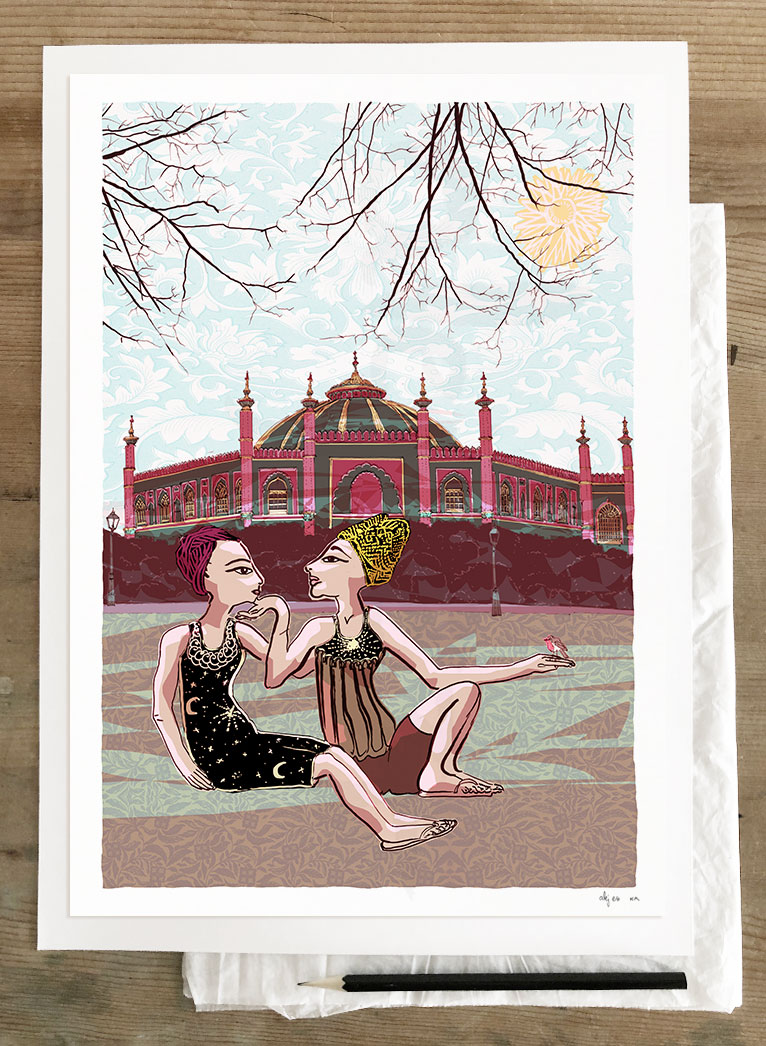
A Red Robin at Pavilion Gardens by Brighton Dome
£40.00 – £180.00 Select options This product has multiple variants. The options may be chosen on the product page -
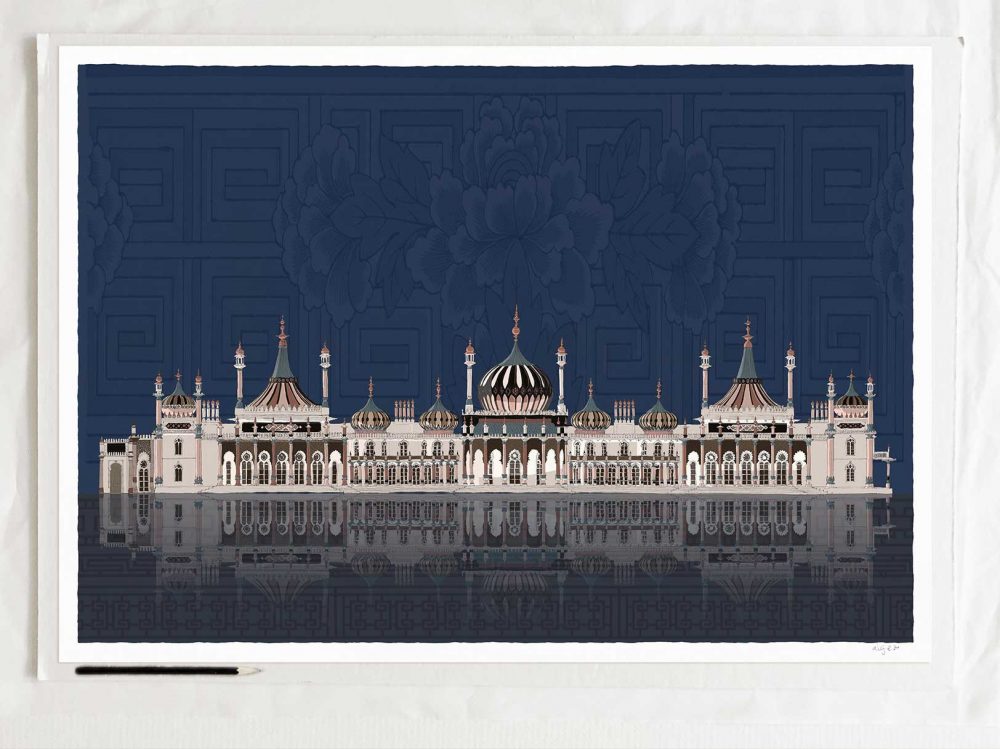
Brighton Pavilion Art. Pavilion Nights
£40.00 – £310.00 Select options This product has multiple variants. The options may be chosen on the product page -
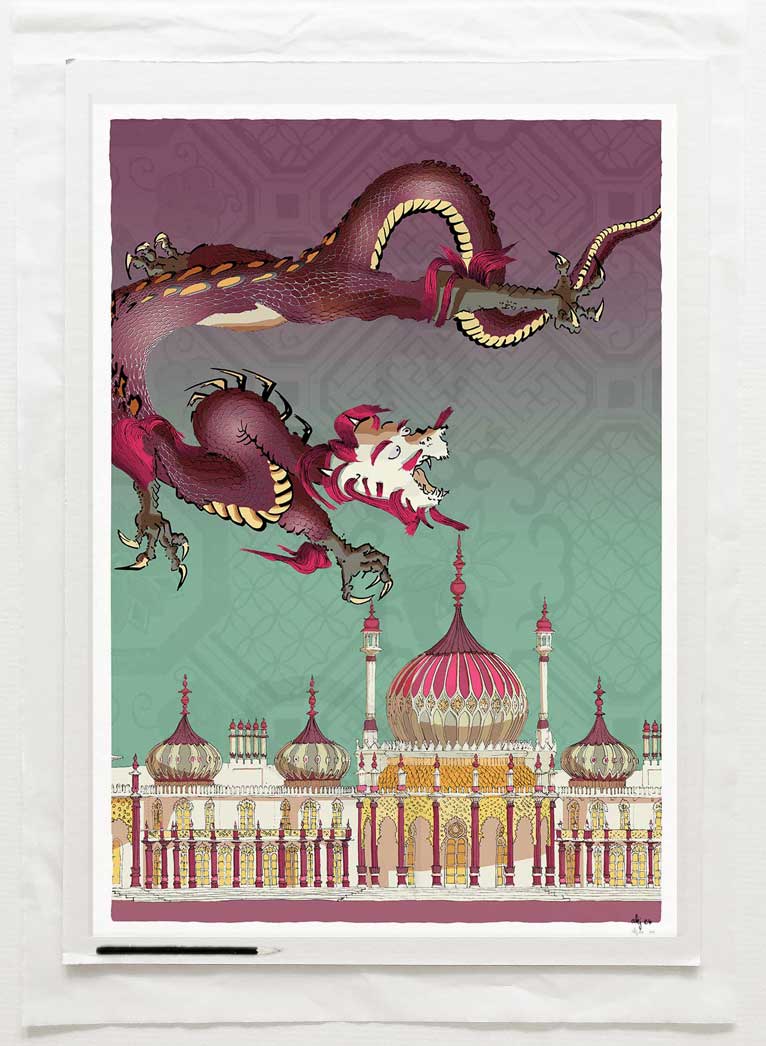
Chinoiseriez Life Joy
£40.00 – £310.00 Select options This product has multiple variants. The options may be chosen on the product page -
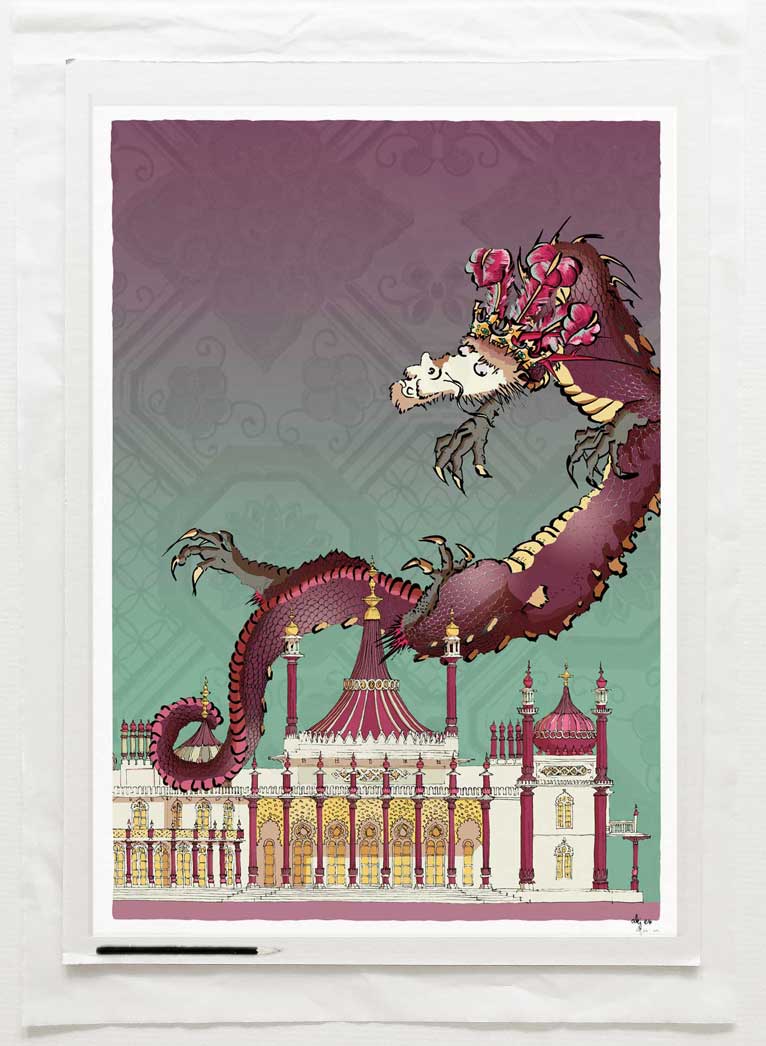
Chinoiseriez Life Delight
£40.00 – £310.00 Select options This product has multiple variants. The options may be chosen on the product page -
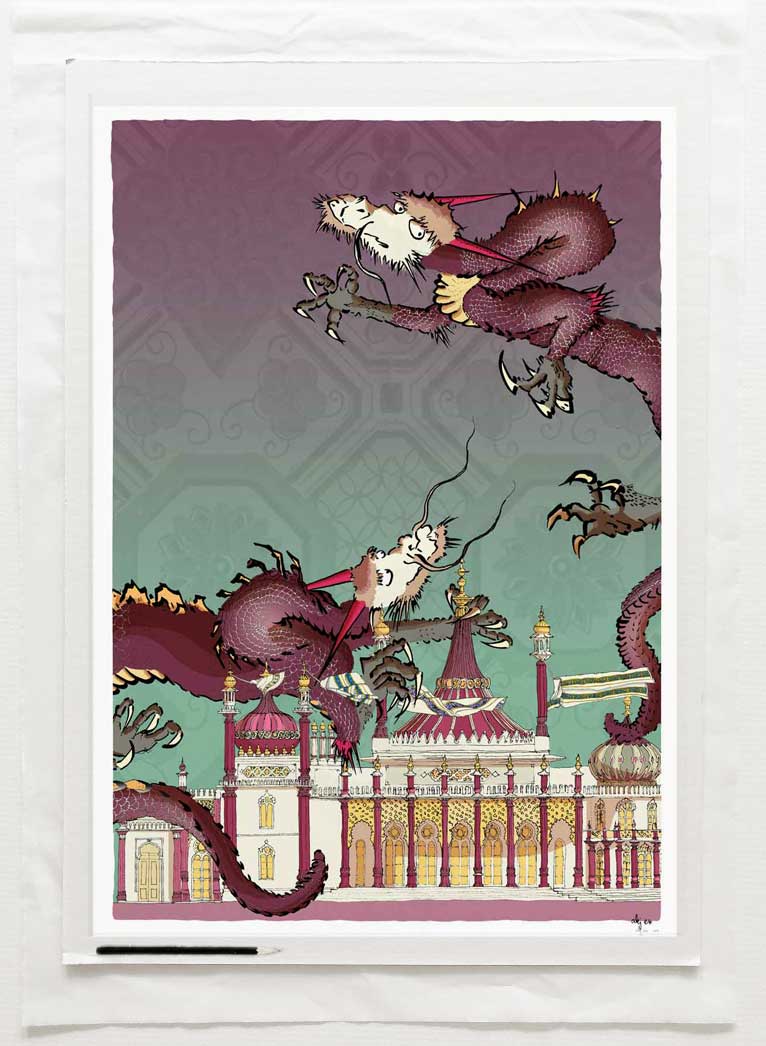
Chinoiseriez Life Enchantment
£40.00 – £220.00 Select options This product has multiple variants. The options may be chosen on the product page -
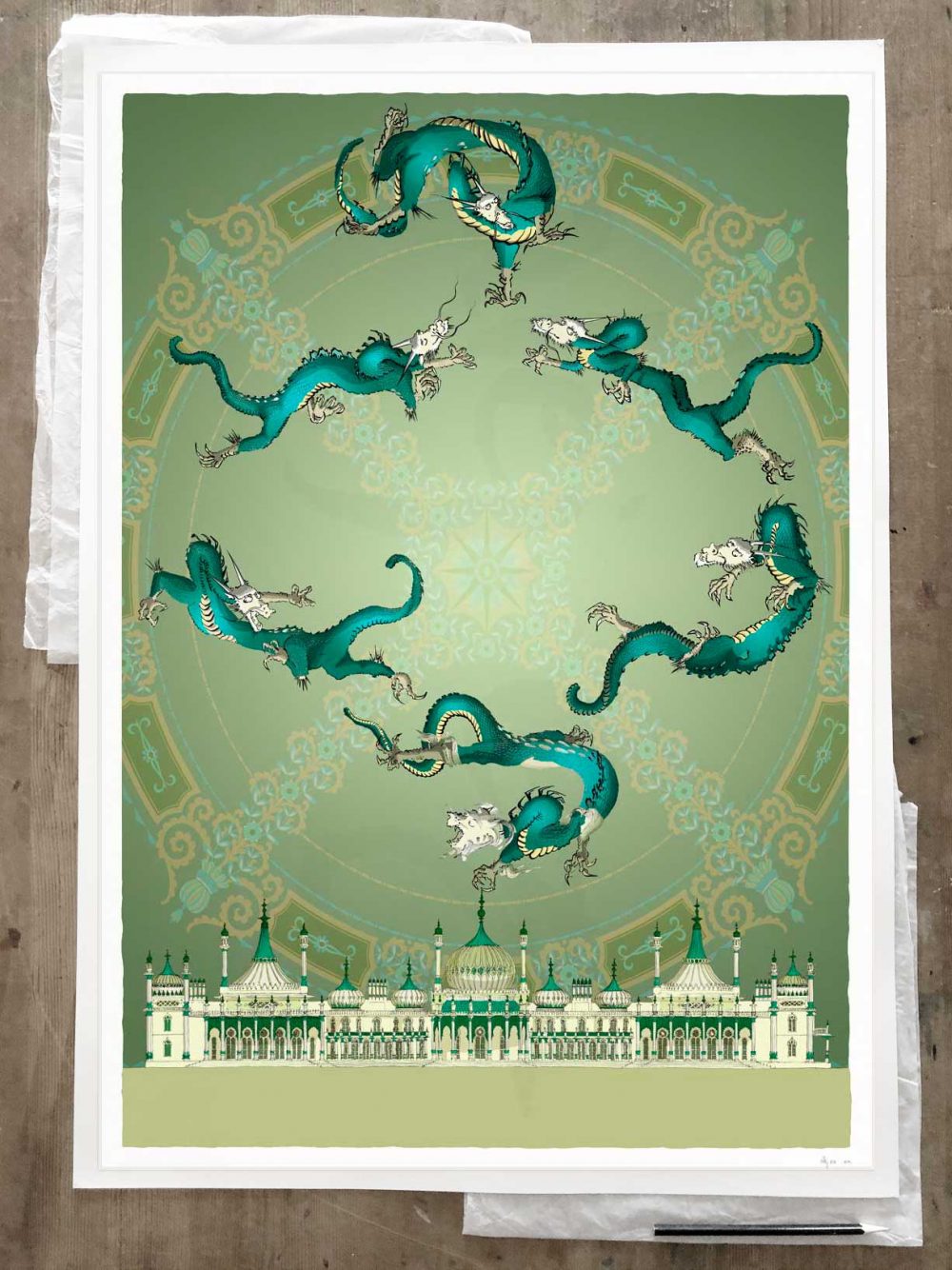
Brighton Royal Pavilion Chinoiseriez Arco
£40.00 – £180.00 Select options This product has multiple variants. The options may be chosen on the product page -

Hers and His Fitzherbert and George IV Brighton Pavilion Ocean Blue
£192.00 add to basket -
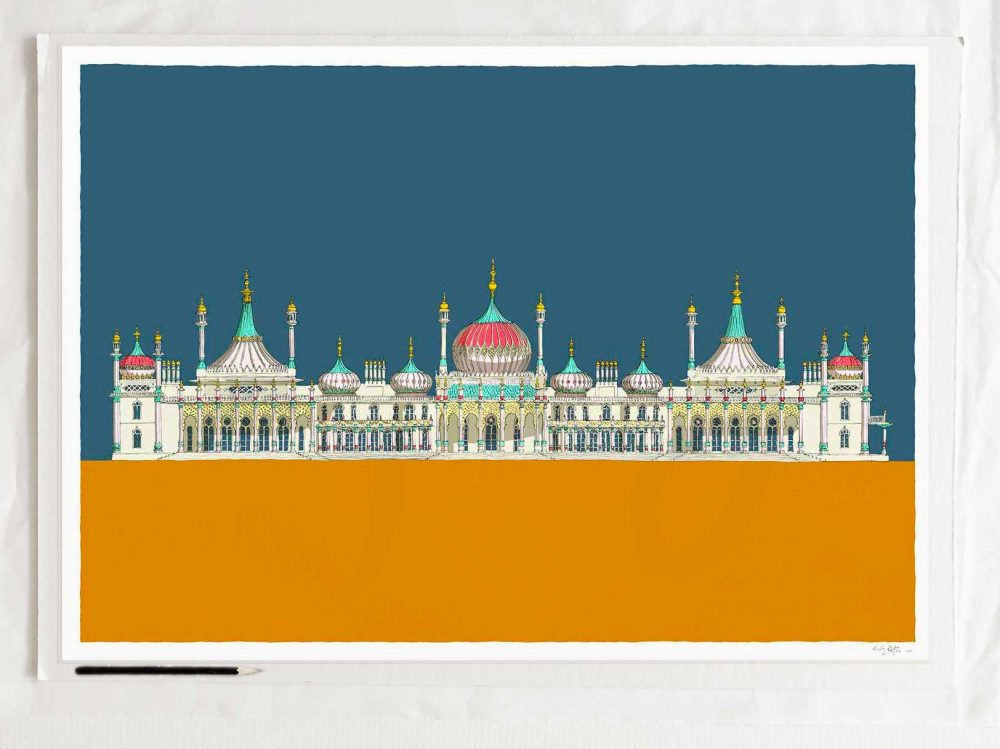
Brighton Royal Pavilion Antique Blue and Ochre
£40.00 – £180.00 Select options This product has multiple variants. The options may be chosen on the product page -
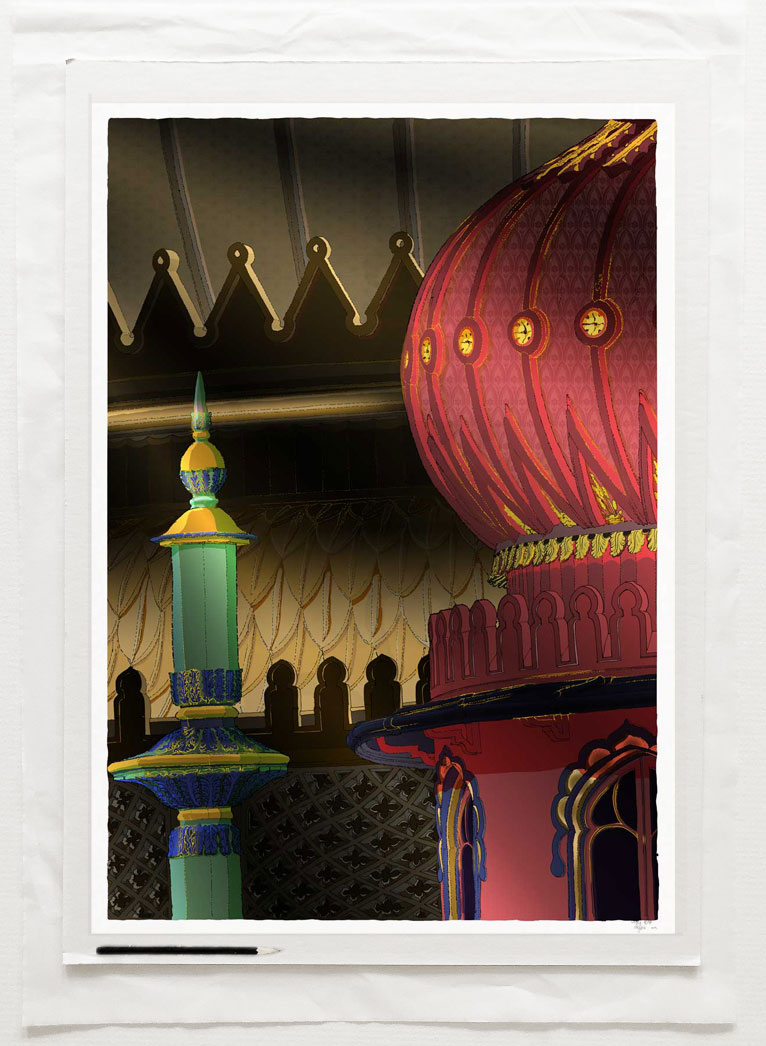
Brighton Pavilion Finial and Domes Regency Nights
£40.00 – £180.00 Select options This product has multiple variants. The options may be chosen on the product page -
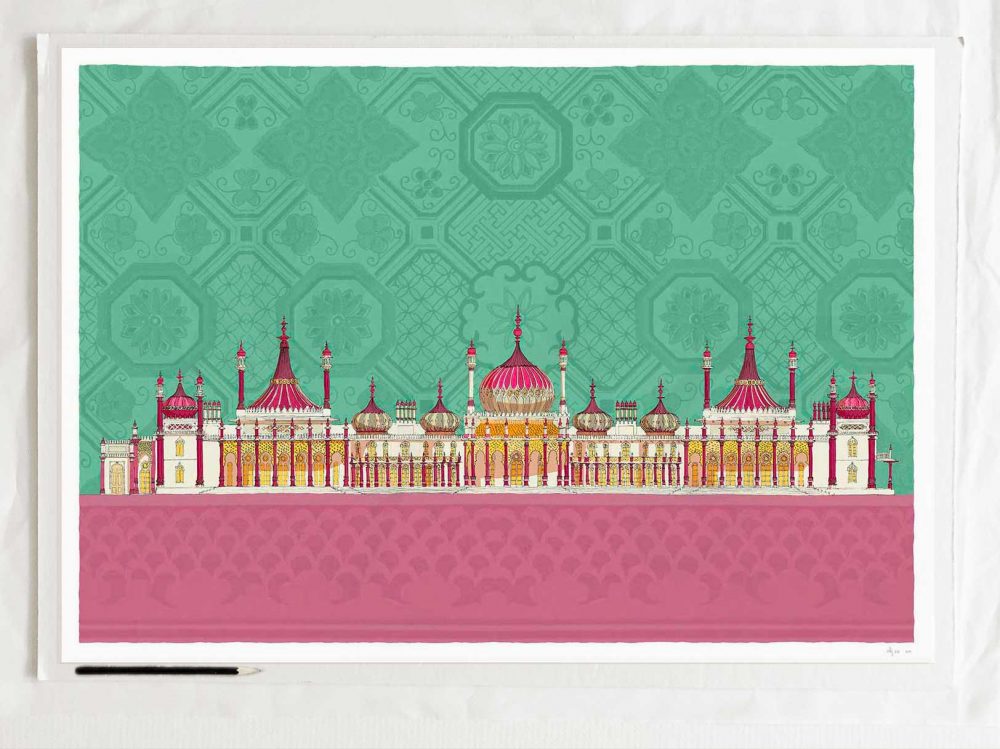
Brighton Royal Pavilion Life
£40.00 – £310.00 Select options This product has multiple variants. The options may be chosen on the product page -

Hers and His Fitzherbert and George IV Brighton Pavilion Emerald Skies
£192.00 add to basket -

Brighton Pavilion Finials and Domes Ocean Blue
£40.00 add to basket -

Brighton Pavilion Finial and Domes Patent Yellow
£40.00 – £180.00 Select options This product has multiple variants. The options may be chosen on the product page -
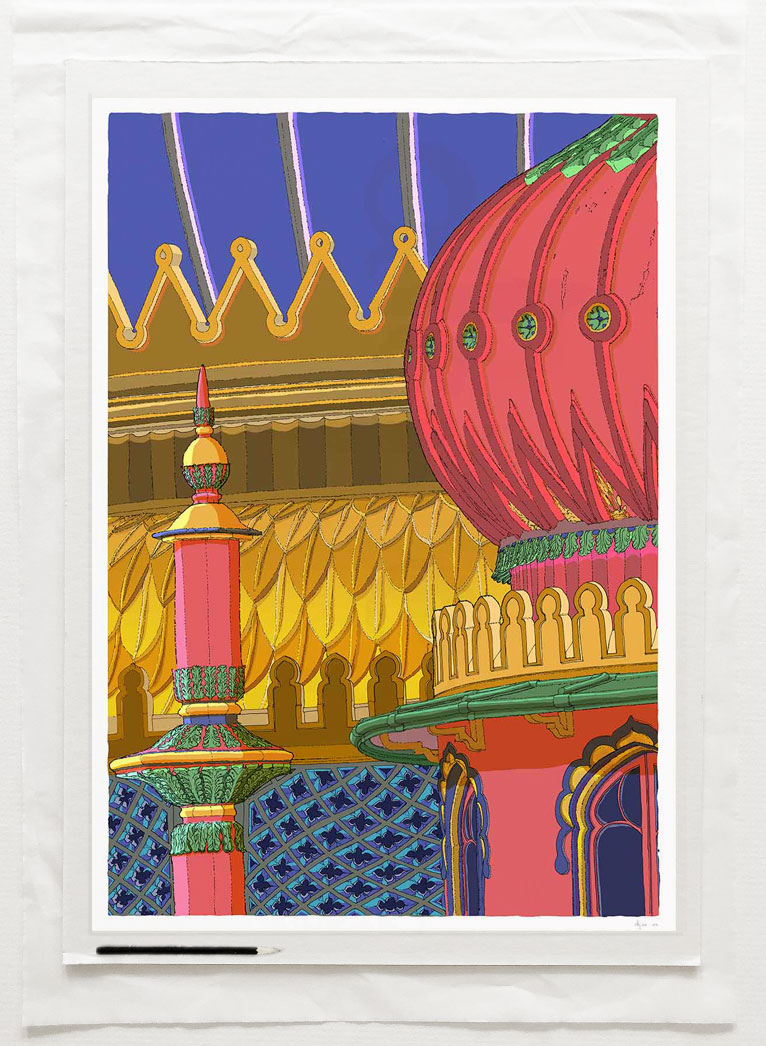
Regency Brighton Pavilion Finial and Domes
£40.00 – £180.00 Select options This product has multiple variants. The options may be chosen on the product page -

Brighton Pavilion Domes Ocean Blue
£40.00 add to basket -

Hers and His Fitzherbert and George IV Brighton Pavilion Pebble Beach
£192.00 add to basket -
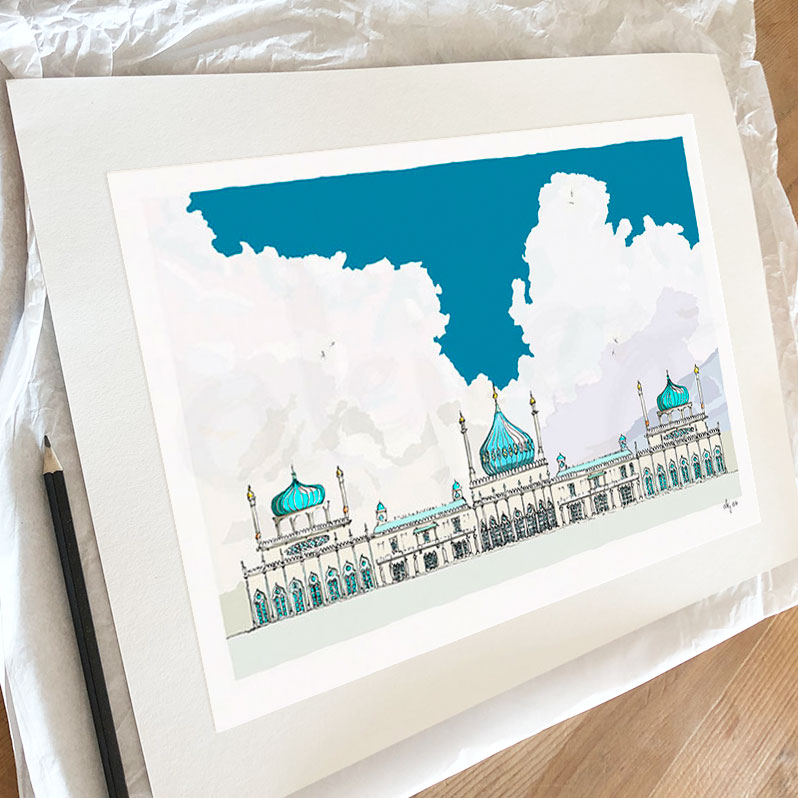
Brighton Pavilion Magic Lantern Slide
£40.00 add to basket -
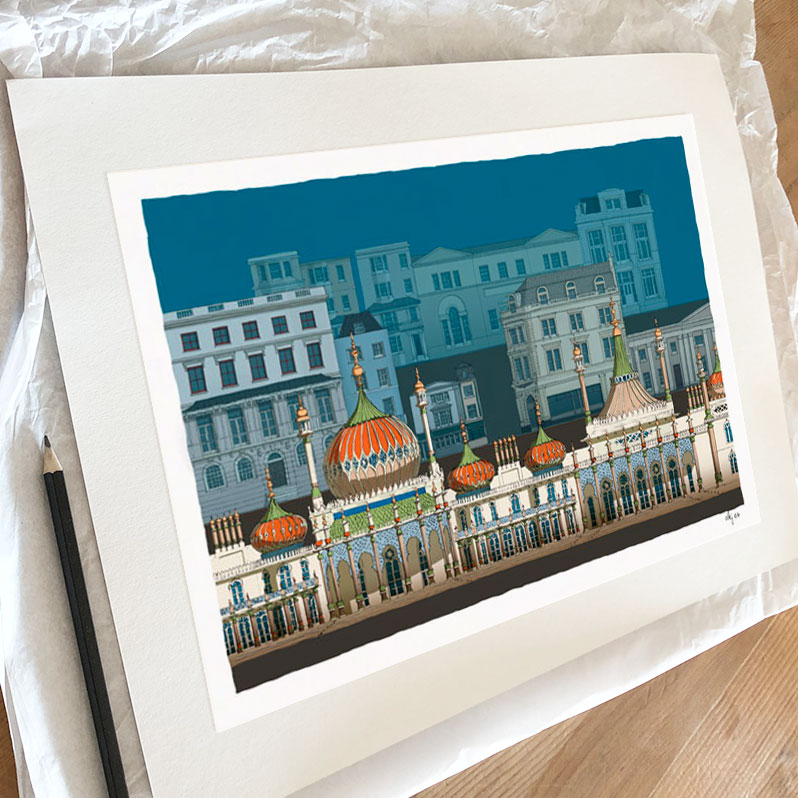
Brighton Pavilion Steine Gardens Scene Ocean Blue
£40.00 – £54.00 Select options This product has multiple variants. The options may be chosen on the product page
You may also like
-
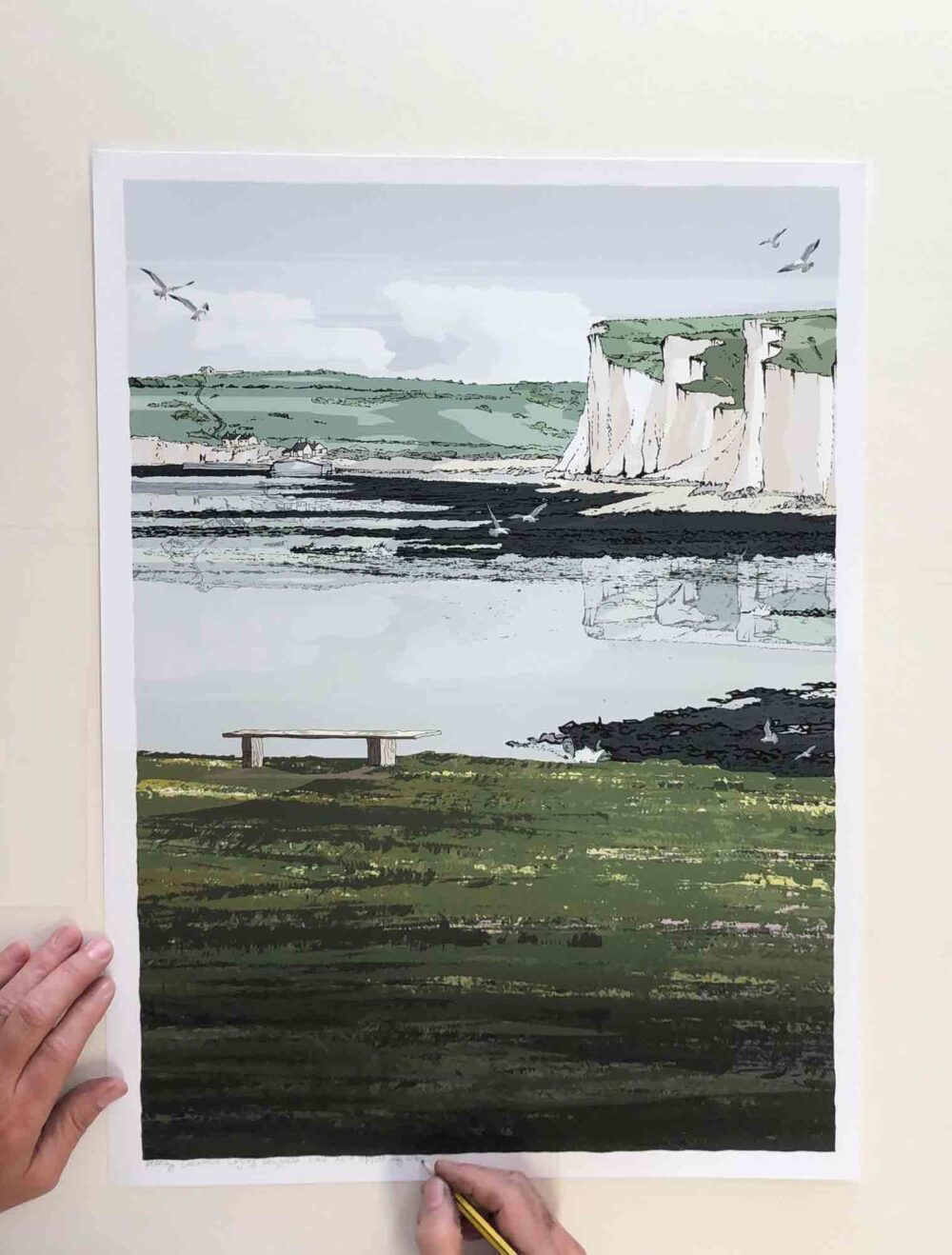
Breezy Cuckmere Crying Seagulls
£40.00 – £310.00 Select options This product has multiple variants. The options may be chosen on the product page -

Cuckmere Haven Starlings
£40.00 – £310.00 Select options This product has multiple variants. The options may be chosen on the product page -

Phoenix and Butterflies Chinoiserie Screen at Brighton Pavilion Gardens
£40.00 – £310.00 Select options This product has multiple variants. The options may be chosen on the product page -
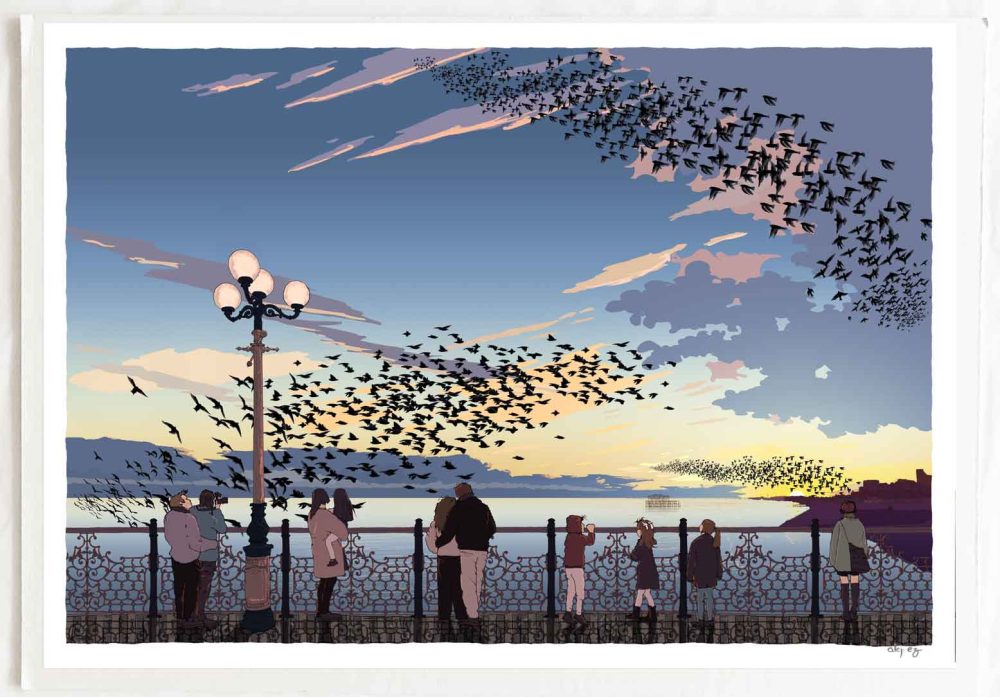
Starling Love Brighton Palace Pier
£40.00 – £310.00 Select options This product has multiple variants. The options may be chosen on the product page -

Golden Spiral Starlings West Pier Pebble Beach
£40.00 – £310.00 Select options This product has multiple variants. The options may be chosen on the product page -
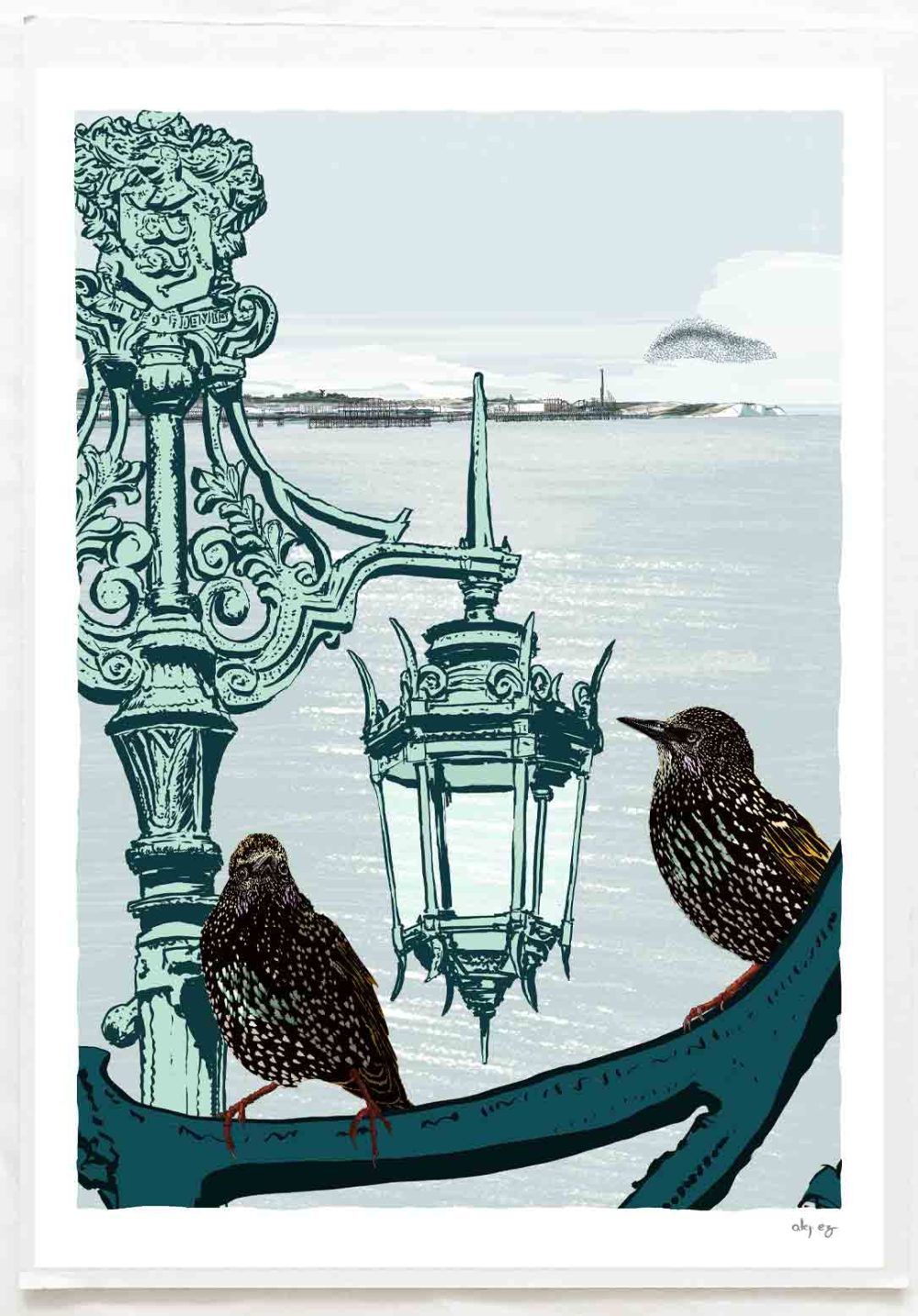
Starlings Murmuration Brighton Lights
£40.00 – £310.00 Select options This product has multiple variants. The options may be chosen on the product page -
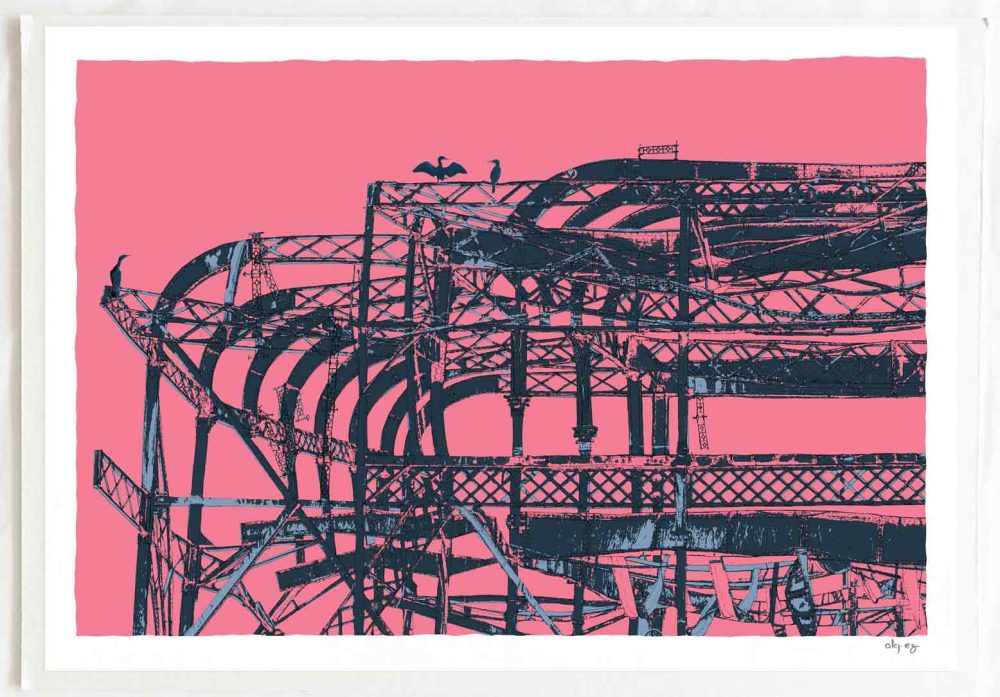
West Pier Cormorants Song Blue
£40.00 – £310.00 Select options This product has multiple variants. The options may be chosen on the product page -

West Pier Cormorants Song
£40.00 – £310.00 Select options This product has multiple variants. The options may be chosen on the product page -

West Pier Cormorants Gesso
£40.00 – £310.00 Select options This product has multiple variants. The options may be chosen on the product page -

Cherry Blossom and Blue Tits at Brunswick Square
£40.00 – £310.00 Select options This product has multiple variants. The options may be chosen on the product page -

Brunswick Square The Sparrow and the Corinthian Dog Rose
£40.00 – £310.00 Select options This product has multiple variants. The options may be chosen on the product page -

Cherry Blossom and Blue Tits at Pavilion Gardens by the Dome Brighton
£40.00 – £310.00 Select options This product has multiple variants. The options may be chosen on the product page -

Pigeon Song Pavilion Gardens Brighton
£40.00 – £310.00 Select options This product has multiple variants. The options may be chosen on the product page -

Prince’s Place Love Pigeons Pavilion Gardens by the Dome
£40.00 – £310.00 Select options This product has multiple variants. The options may be chosen on the product page -

An Alphabet of Brighton
£40.00 – £310.00 Select options This product has multiple variants. The options may be chosen on the product page -
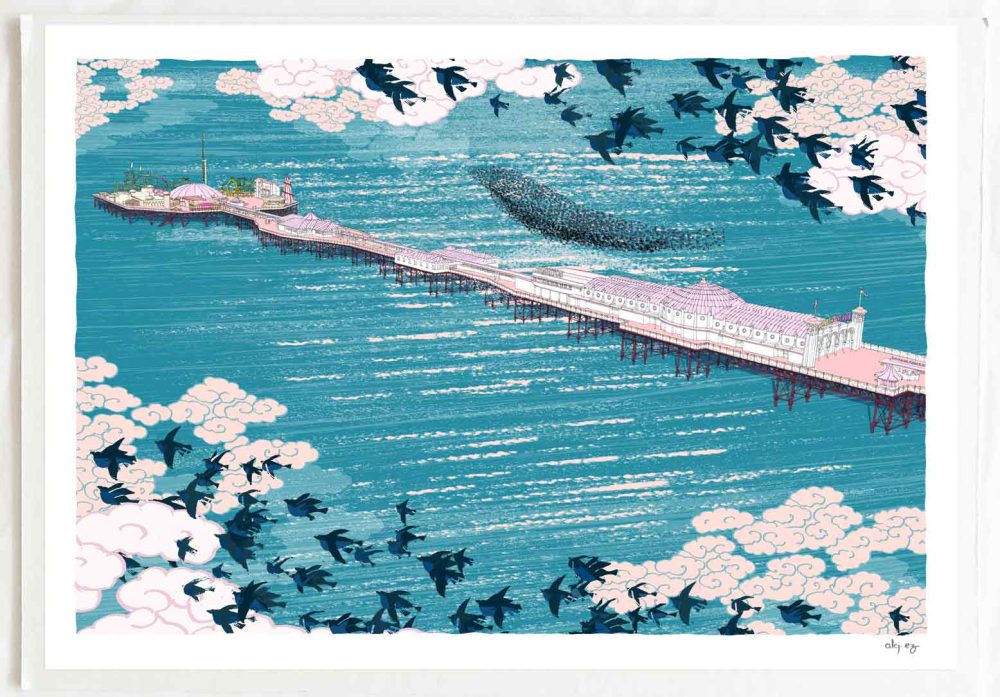
Palace Pier Starling Song
£40.00 – £310.00 Select options This product has multiple variants. The options may be chosen on the product page -

The Lark Ascending over the Lewes Town
£40.00 – £310.00 Select options This product has multiple variants. The options may be chosen on the product page -
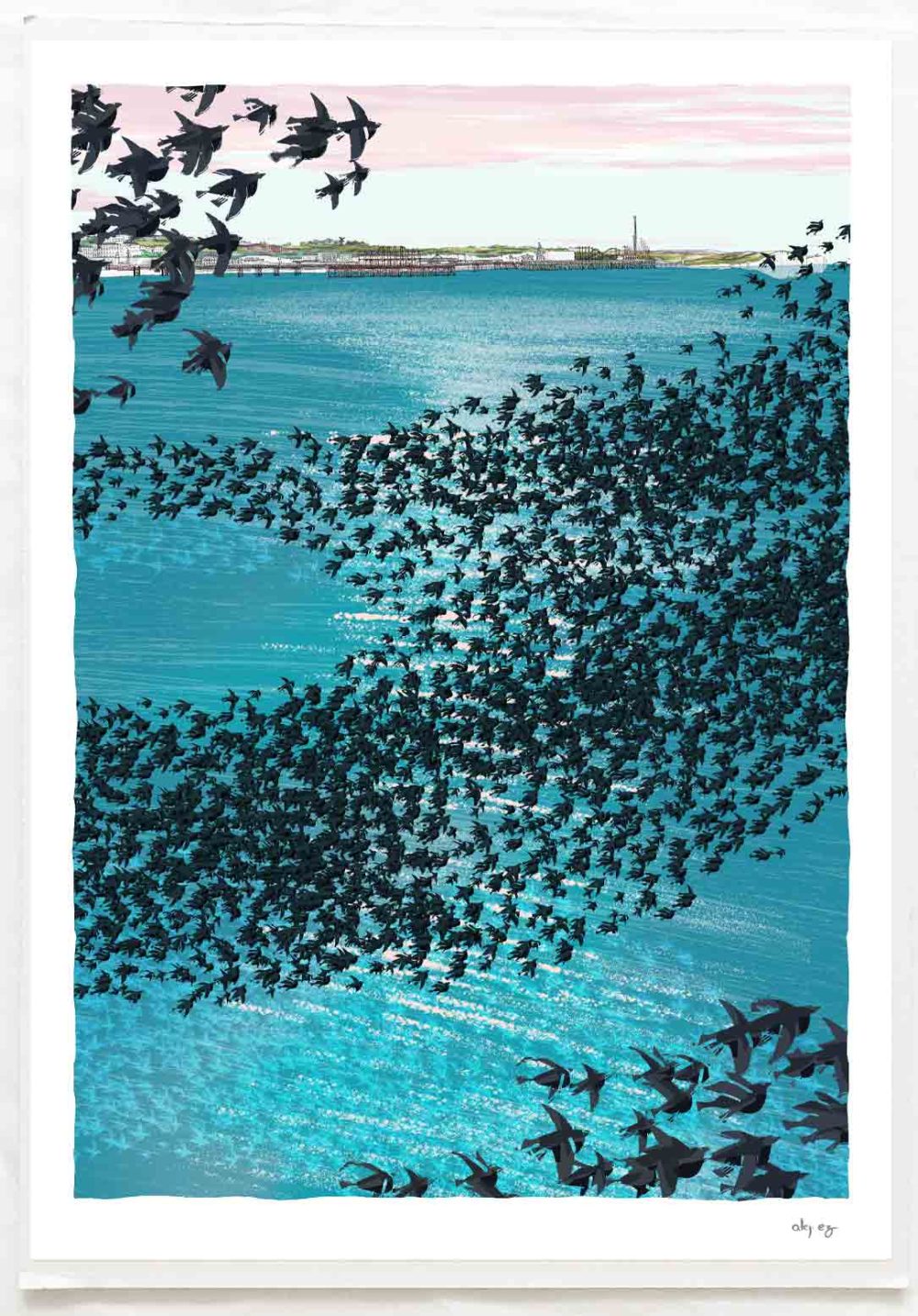
Shoreline Starlings Brighton by the Sea
£40.00 – £310.00 Select options This product has multiple variants. The options may be chosen on the product page -
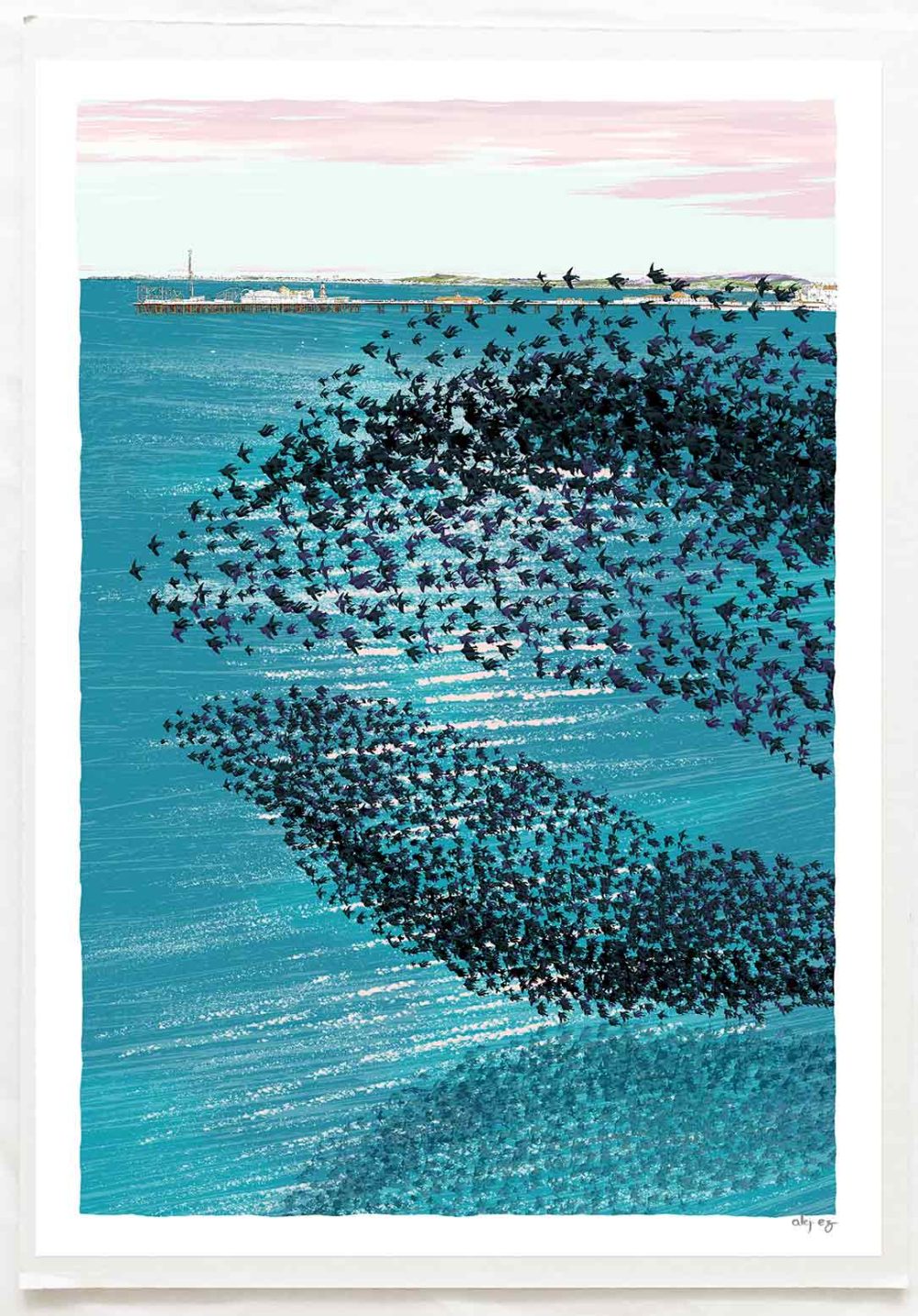
Starlings Kemptown Brighton Seafront Ocean Blue
£40.00 – £310.00 Select options This product has multiple variants. The options may be chosen on the product page -

Morning Swim Worthing
£40.00 – £180.00 Select options This product has multiple variants. The options may be chosen on the product page -
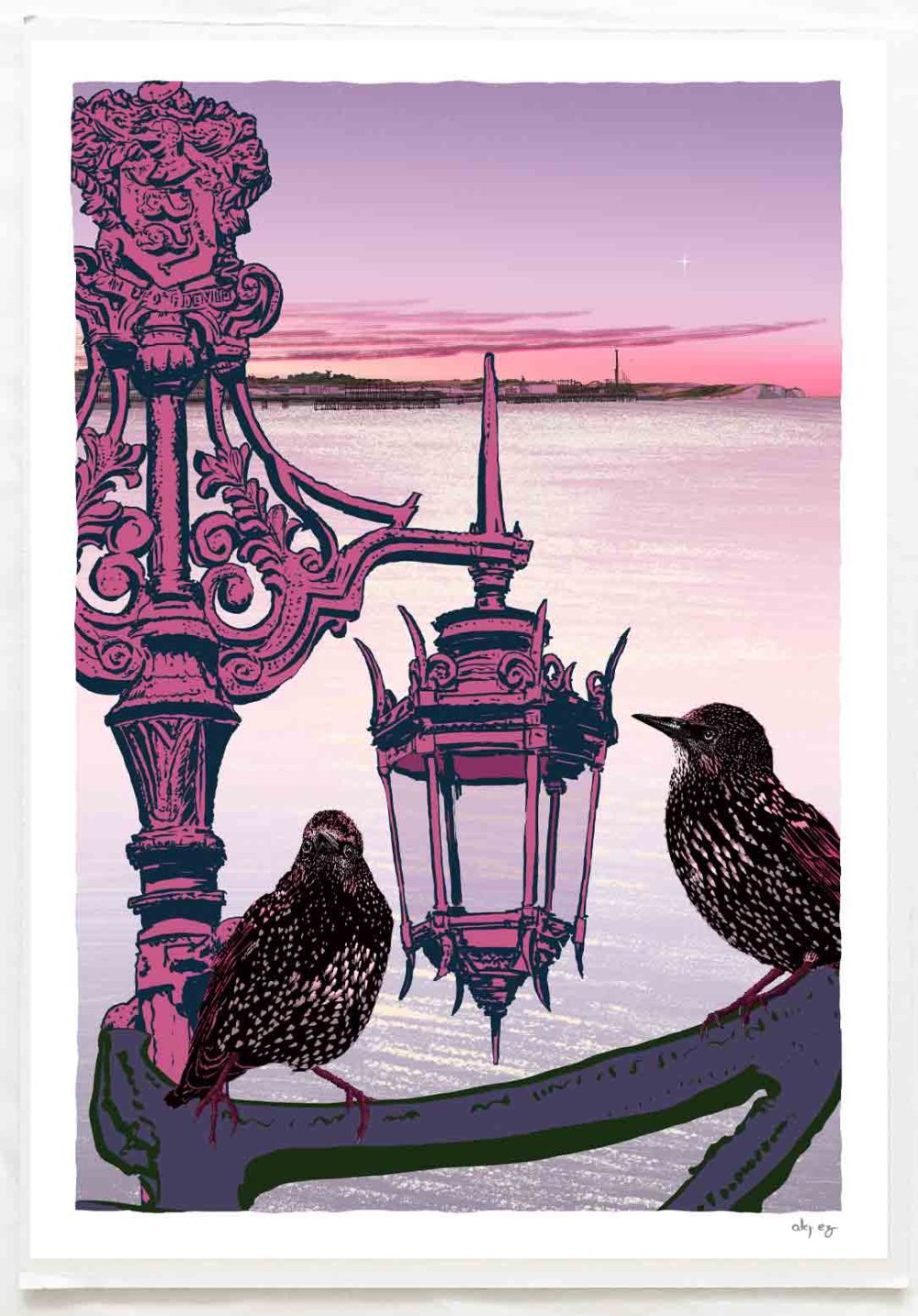
Starlight Starlings Brighton
£40.00 – £310.00 Select options This product has multiple variants. The options may be chosen on the product page -
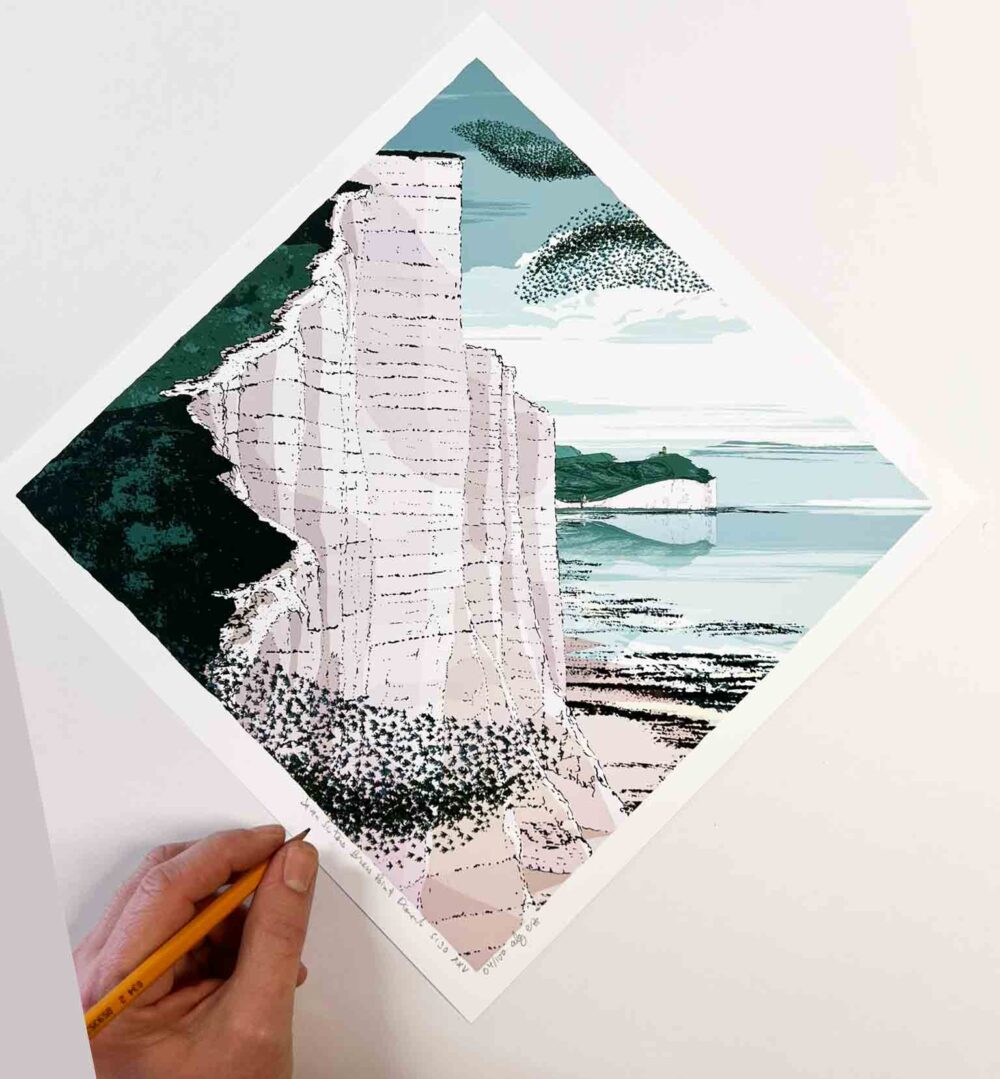
Seven Sisters Cliffs Walk Brass Point Diamond
£48.00 – £120.00 Select options This product has multiple variants. The options may be chosen on the product page -
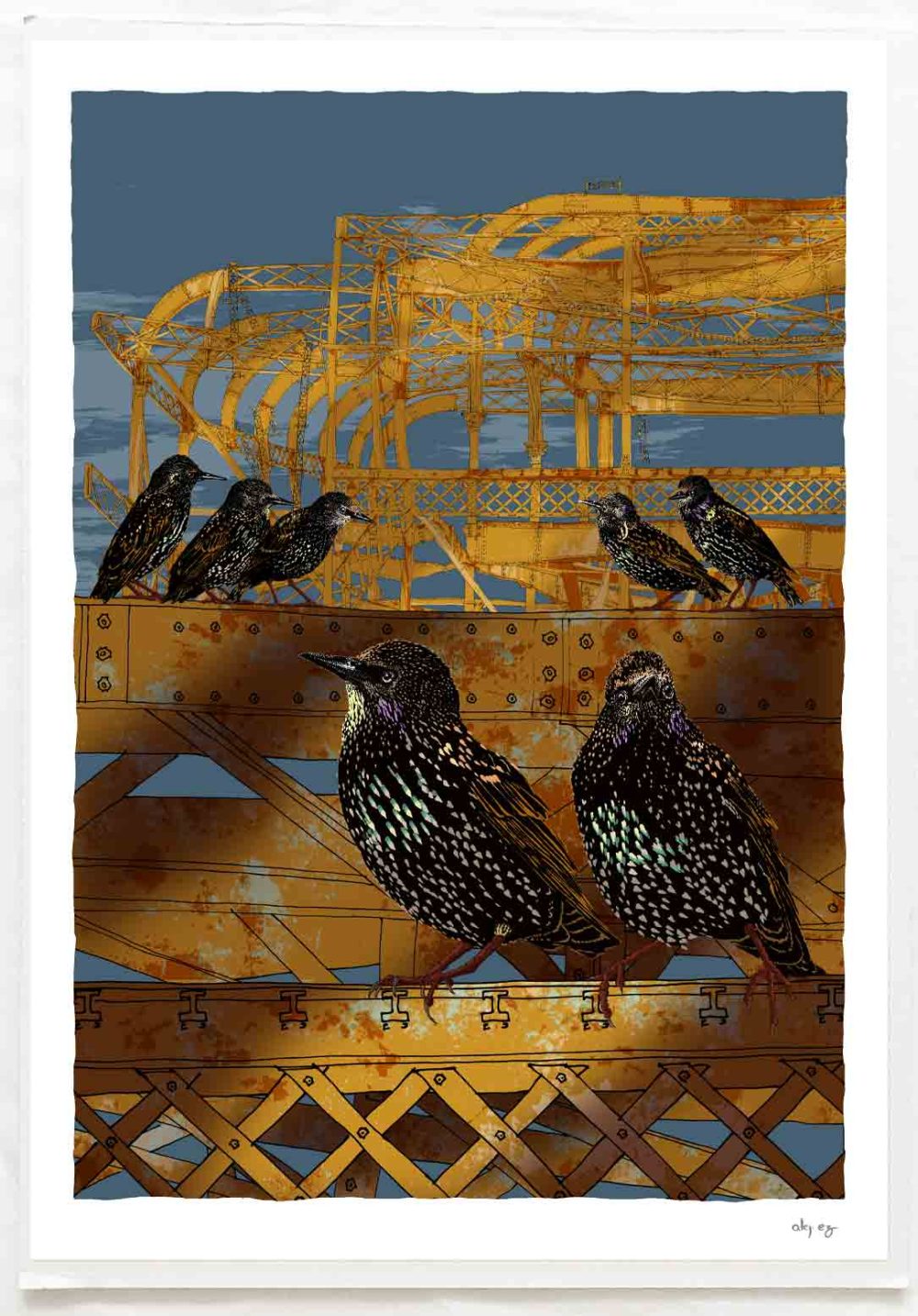
West Pier Starling Song Antique Ochre and Blue
£40.00 – £310.00 Select options This product has multiple variants. The options may be chosen on the product page -

Brighton Pavilion Early Morn Blackbird Song
£40.00 – £310.00 Select options This product has multiple variants. The options may be chosen on the product page -

Starling Murmuration over the West Pier at Brighton Beach
£40.00 – £310.00 Select options This product has multiple variants. The options may be chosen on the product page -
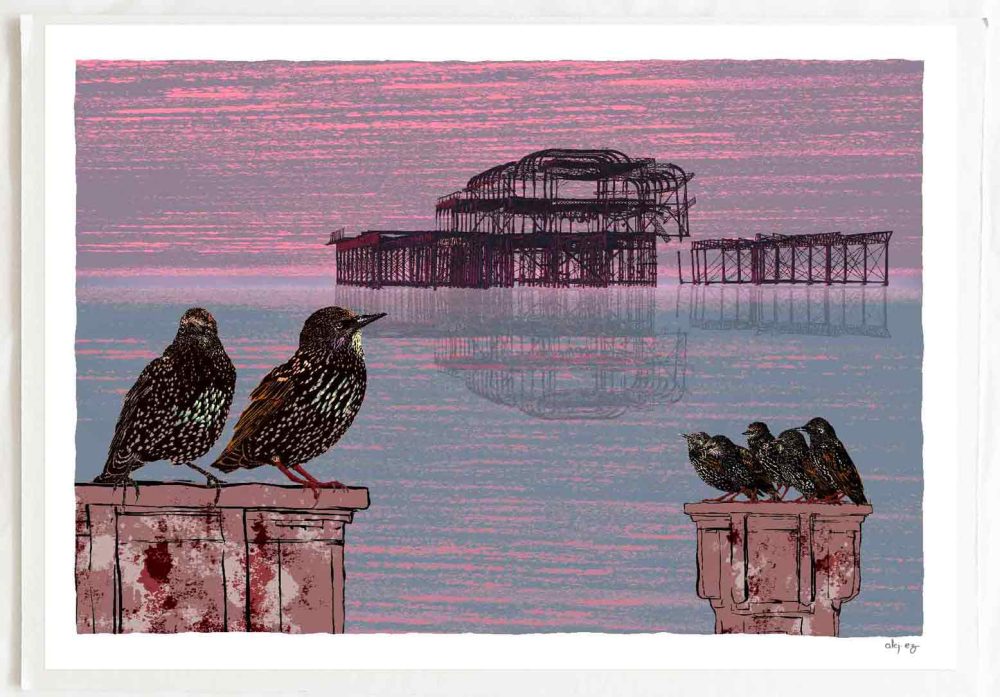
Golden Spiral Starlings West Pier
£40.00 – £310.00 Select options This product has multiple variants. The options may be chosen on the product page -
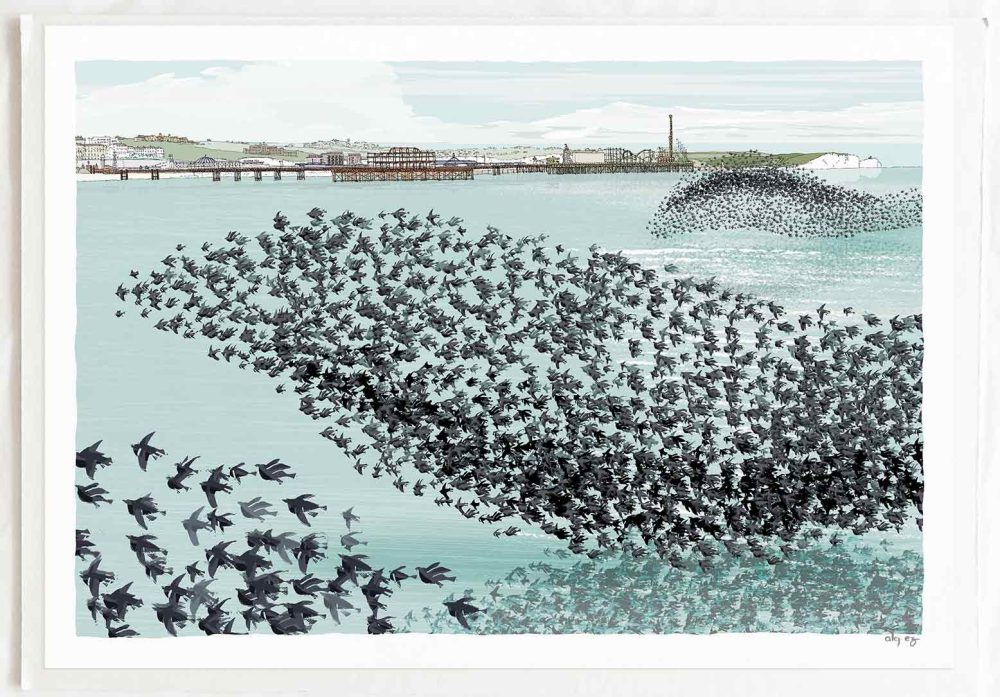
Shoreline Starlings Brighton by the Sea Pebble Beach
£40.00 – £310.00 Select options This product has multiple variants. The options may be chosen on the product page -

1882 Seaford Beach Steamship Gannet
£40.00 – £310.00 Select options This product has multiple variants. The options may be chosen on the product page -
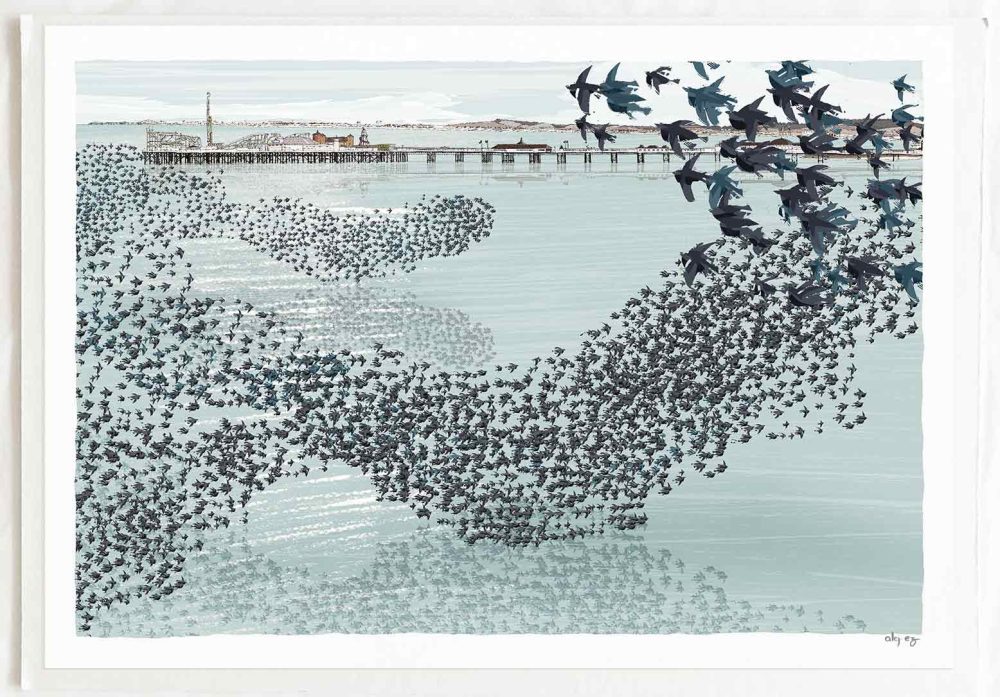
Starlings Kemptown Brighton Seafront Pebble Beach
£40.00 – £310.00 Select options This product has multiple variants. The options may be chosen on the product page -

Birling Gap Starling Murmuration White Cliffs
£192.00 add to basket -

Seaford Head the Promenade and Fisherwoman
£40.00 – £310.00 Select options This product has multiple variants. The options may be chosen on the product page -
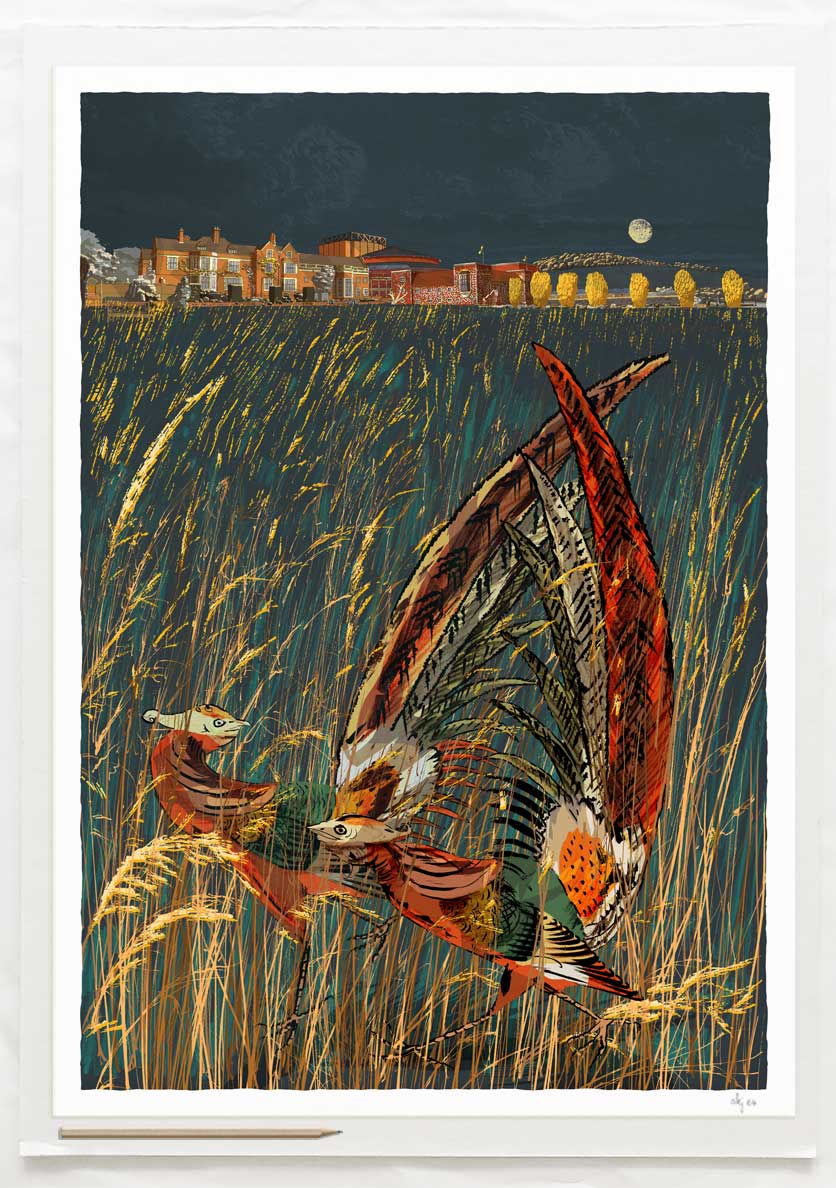
Glyndebourne Harvest Moon Pheasants
£40.00 – £310.00 Select options This product has multiple variants. The options may be chosen on the product page -

Swifts over Glyndebourne a Sussex Landscape
£40.00 – £310.00 Select options This product has multiple variants. The options may be chosen on the product page -
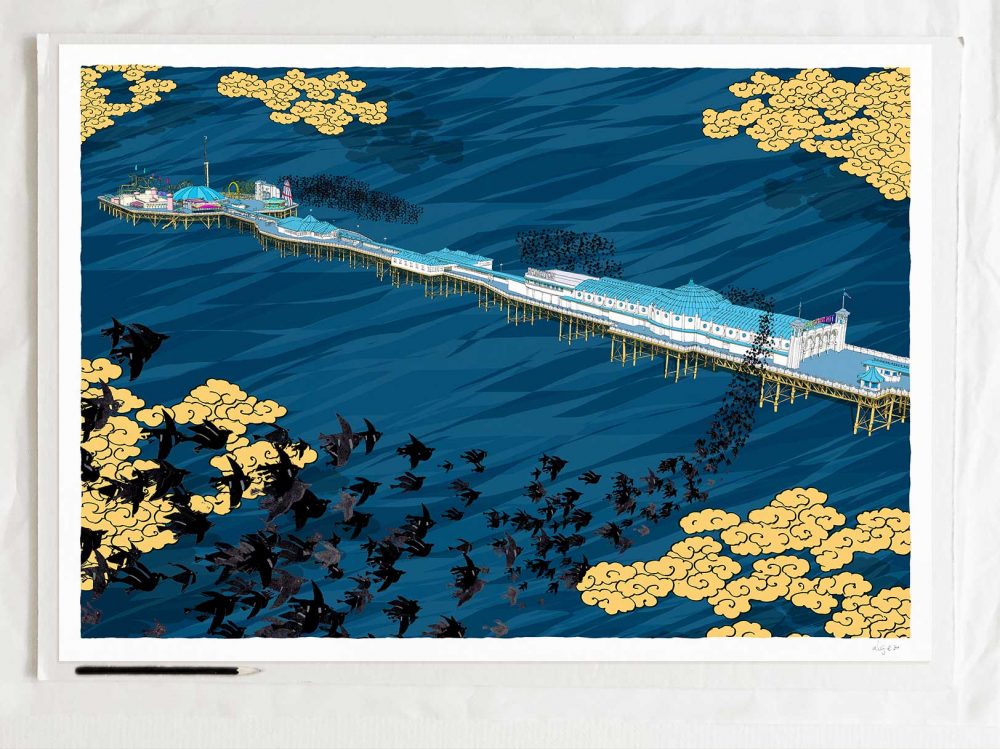
Starlings Flying over Brighton Palace Pier
£40.00 – £310.00 Select options This product has multiple variants. The options may be chosen on the product page -

Wagtail birds by Hove Plinth at Brighton Seafront
£40.00 – £310.00 Select options This product has multiple variants. The options may be chosen on the product page -
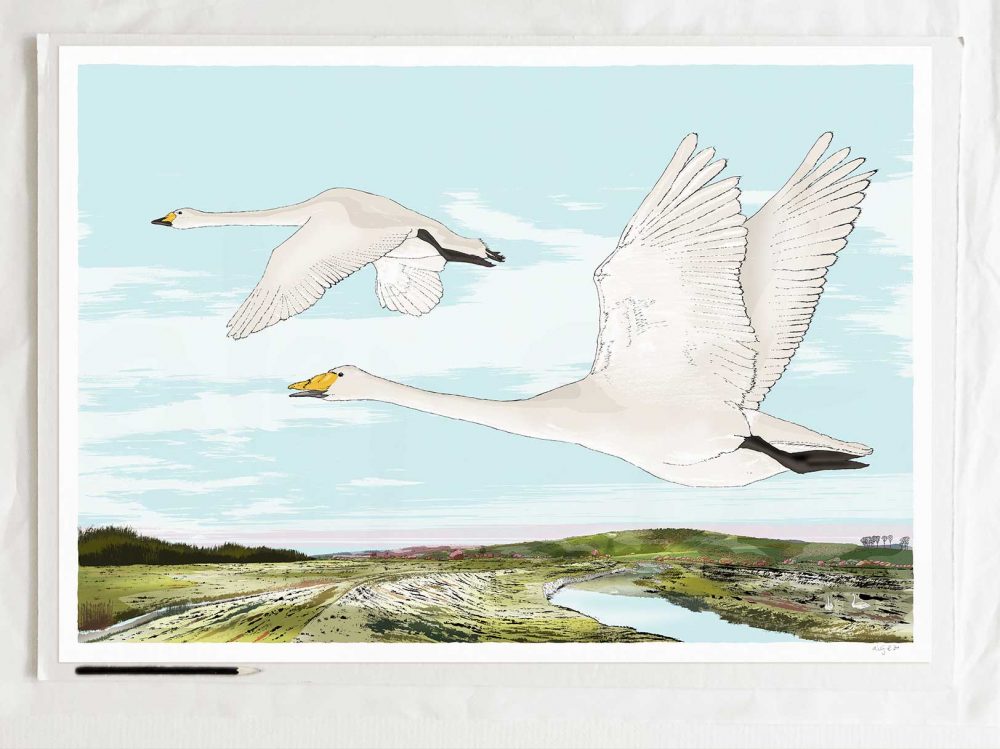
Swan Art. The flight over Litlington White Horse in the South Downs
£40.00 – £310.00 Select options This product has multiple variants. The options may be chosen on the product page -

The Avocet by the Red Roofed Hut among Sea Poppies and Sea Kale
£40.00 – £310.00 Select options This product has multiple variants. The options may be chosen on the product page -

Heron Print Royal Pavilion Orient Nights
£40.00 – £310.00 Select options This product has multiple variants. The options may be chosen on the product page -
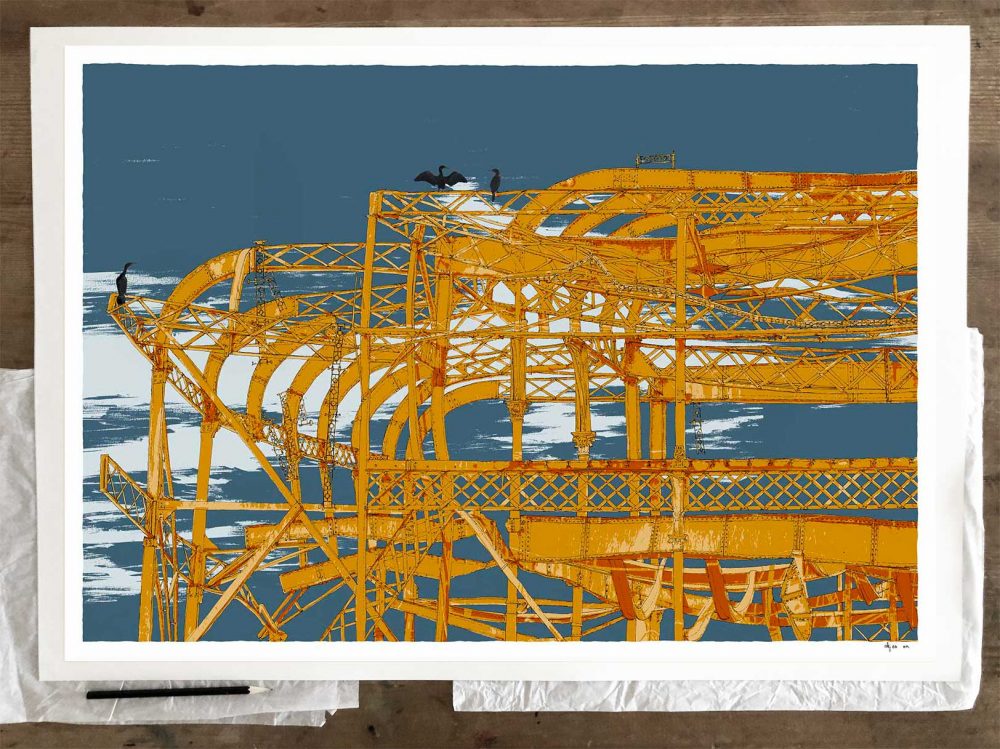
West Pier Cormorants Antique Ochre and Blue
£40.00 – £310.00 Select options This product has multiple variants. The options may be chosen on the product page -

West Pier Cormorants Grey Silver
£40.00 – £310.00 Select options This product has multiple variants. The options may be chosen on the product page -

Birling Gap Starling Murmuration
£192.00 add to basket -

Birling Gap Starling Murmuration Eventide
£192.00 add to basket -
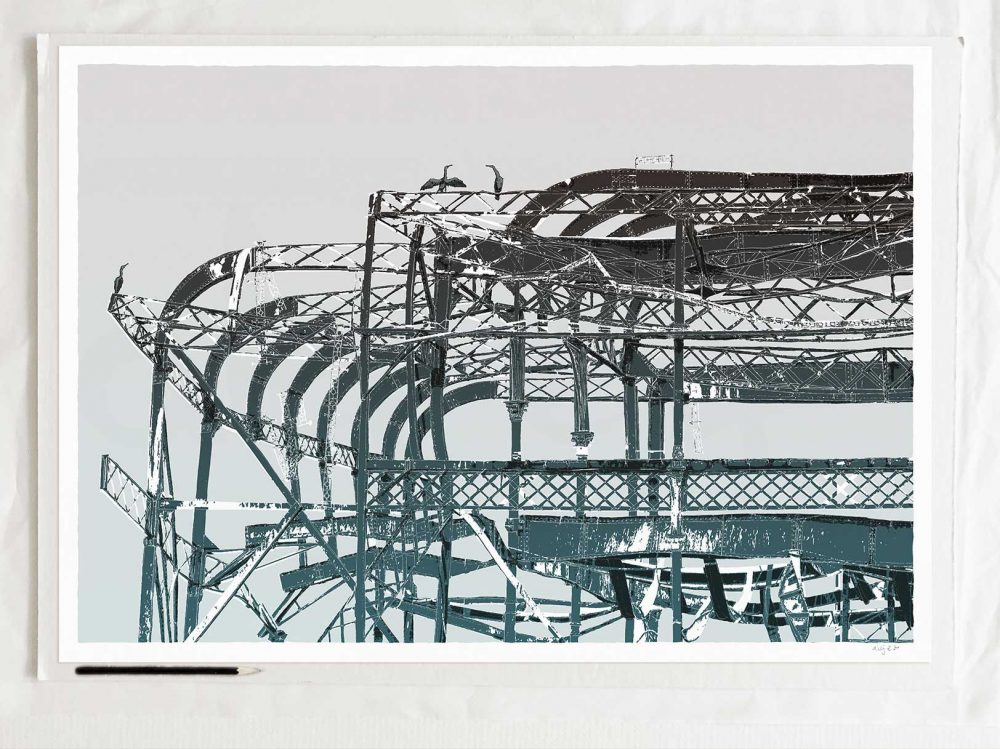
West Pier Cormorants
£40.00 – £310.00 Select options This product has multiple variants. The options may be chosen on the product page -

The Bather and the Cormorant
£40.00 – £180.00 Select options This product has multiple variants. The options may be chosen on the product page -
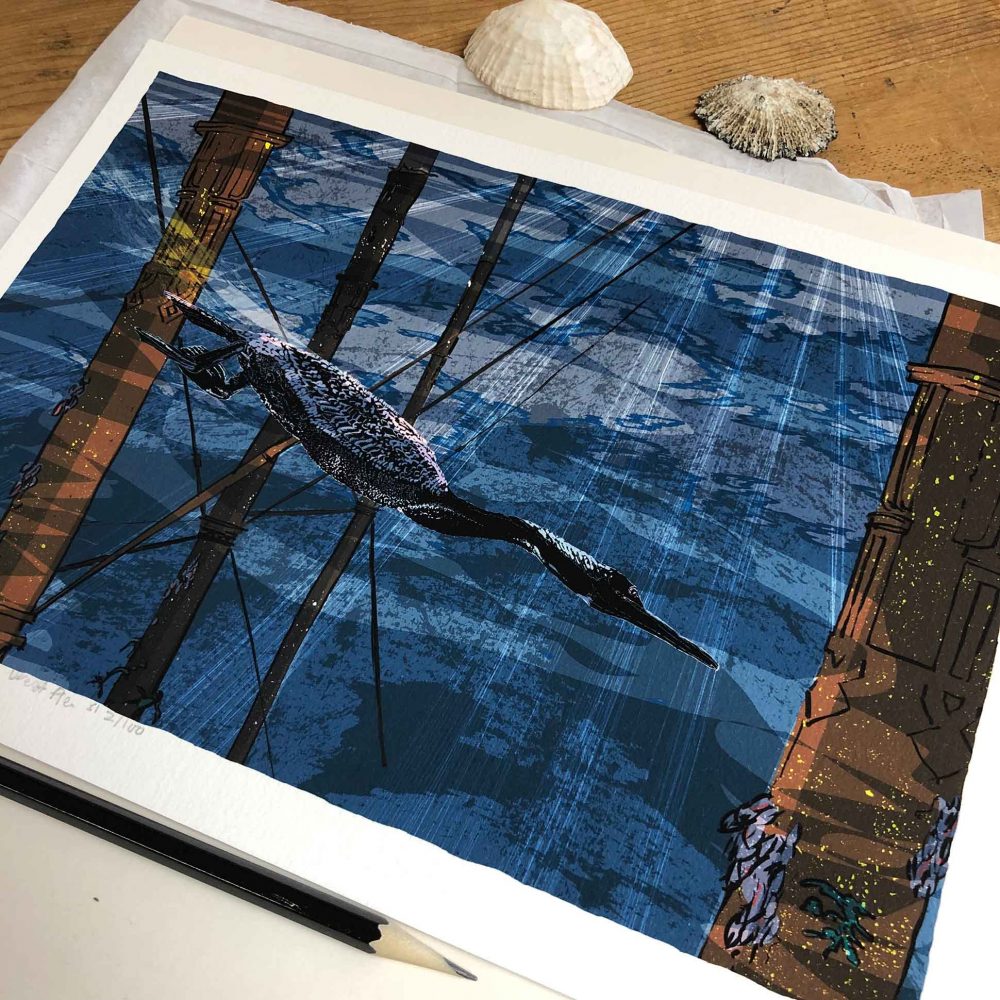
The Diving Cormorant under the West Pier
£40.00 – £180.00 Select options This product has multiple variants. The options may be chosen on the product page -

The Starling at Pavilion Gardens
£40.00 – £52.00 Select options This product has multiple variants. The options may be chosen on the product page -
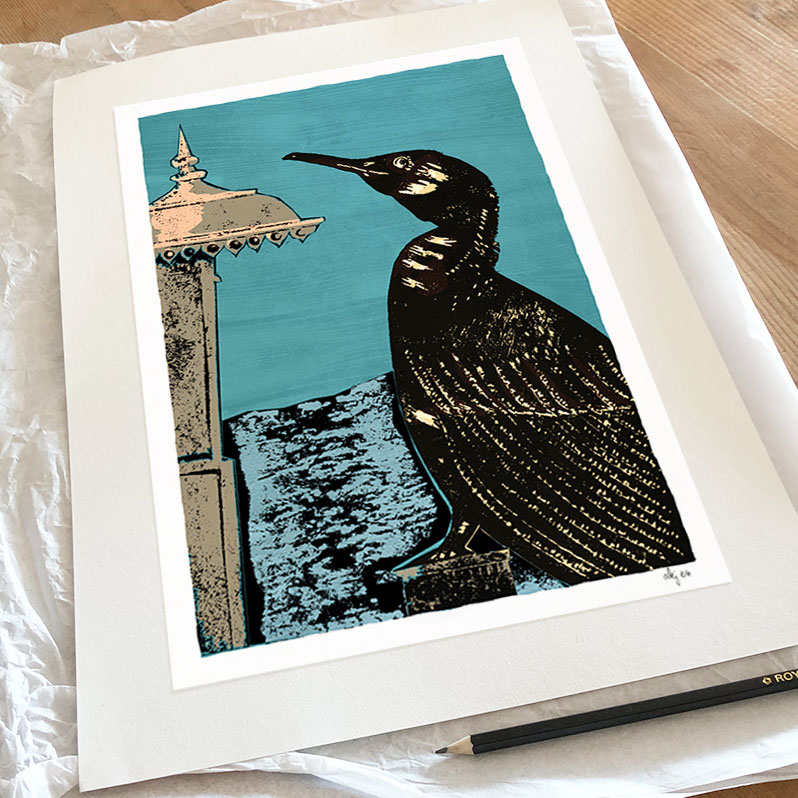
The Cormorant and the West Pier
£40.00 – £52.00 Select options This product has multiple variants. The options may be chosen on the product page -

The Lark ascending. The Sussex Weald from Devils Dyke Season Fall
£192.00 add to basket -

Chalk’n Flint Flying Chalk Cliffs
£40.00 add to basket
Additional information
| Dimensions | N/A |
|---|---|
| Print sizes: standard landscape | Art print A0 size landscape, Art print A1 size landscape, Art print A2 size landscape, Art print A3 size landscape, Art print A4 size landscape |
Only logged in customers who have purchased this product may leave a review.
You may also like…
-

The Diving Cormorant under the West Pier
£40.00 – £180.00 Select options This product has multiple variants. The options may be chosen on the product page -

Brighton Pavilion Finials and Domes: An Artist’s Studio Moment
£40.00 – £310.00 Select options This product has multiple variants. The options may be chosen on the product page -

Swifts over Glyndebourne a Sussex Landscape – A2 print size, portrait
£132.00 Add to basket -

The Avocet by the Red Roofed Hut among Sea Poppies and Sea Kale – Art print A1 size landscape
£180.00 Add to basket -

Brighton Pavilion Domes and Turrets Song
£40.00 add to basket -

Wagtail birds by Hove Plinth at Brighton Seafront – Art print A2 size landscape
£132.00 Add to basket -

Brighton Pavilion Early Morn Blackbird Song
£40.00 – £310.00 Select options This product has multiple variants. The options may be chosen on the product page
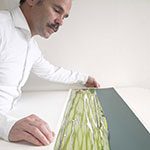

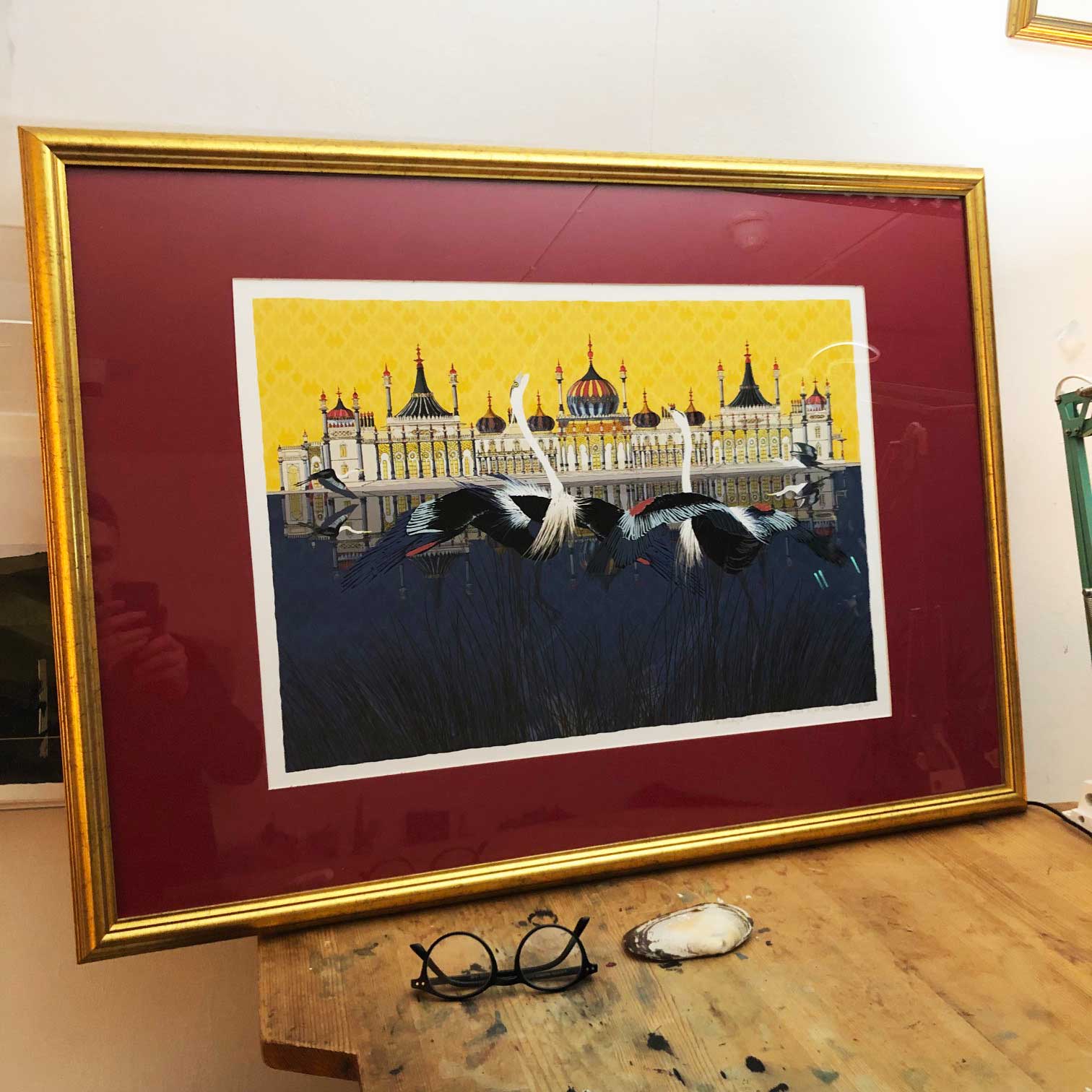
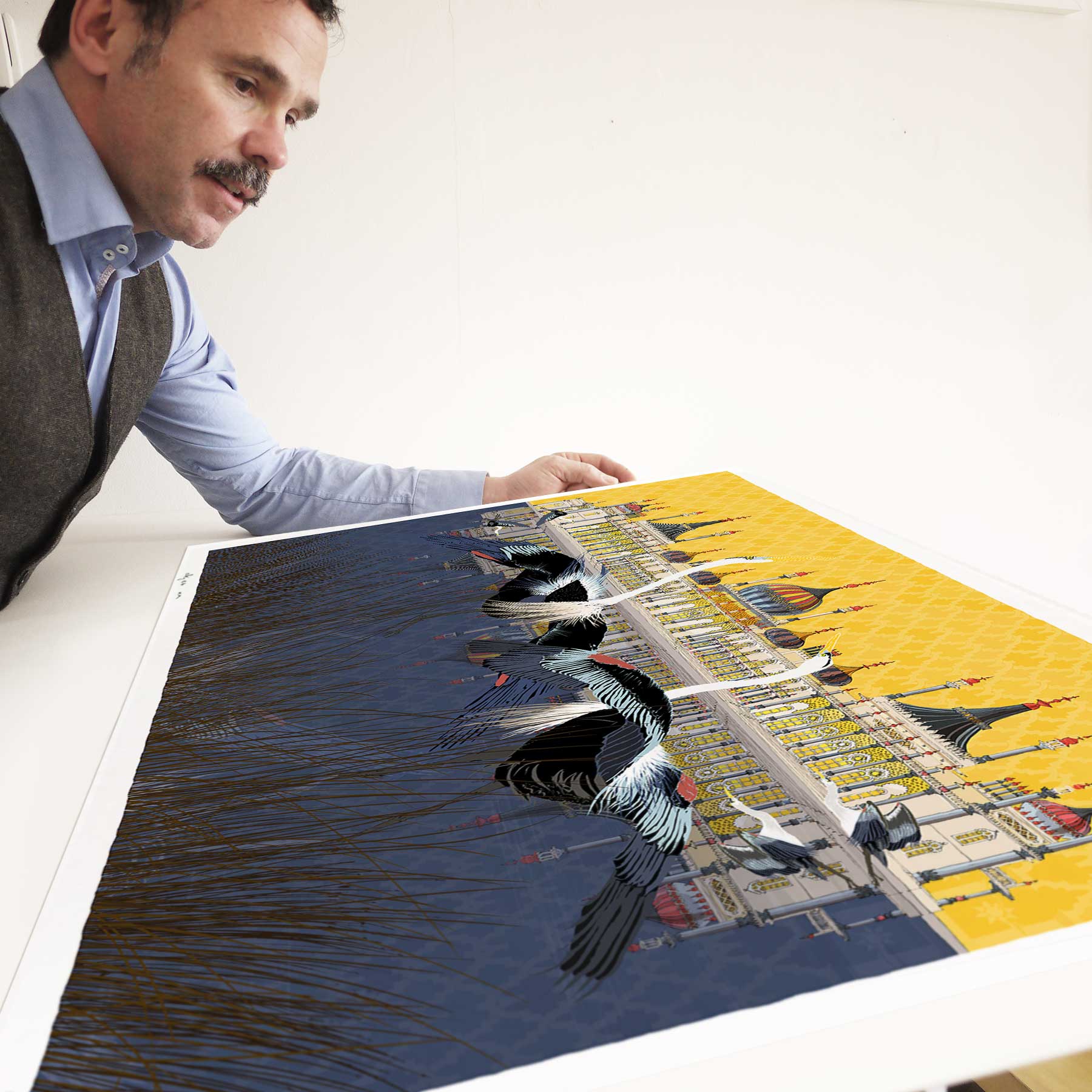
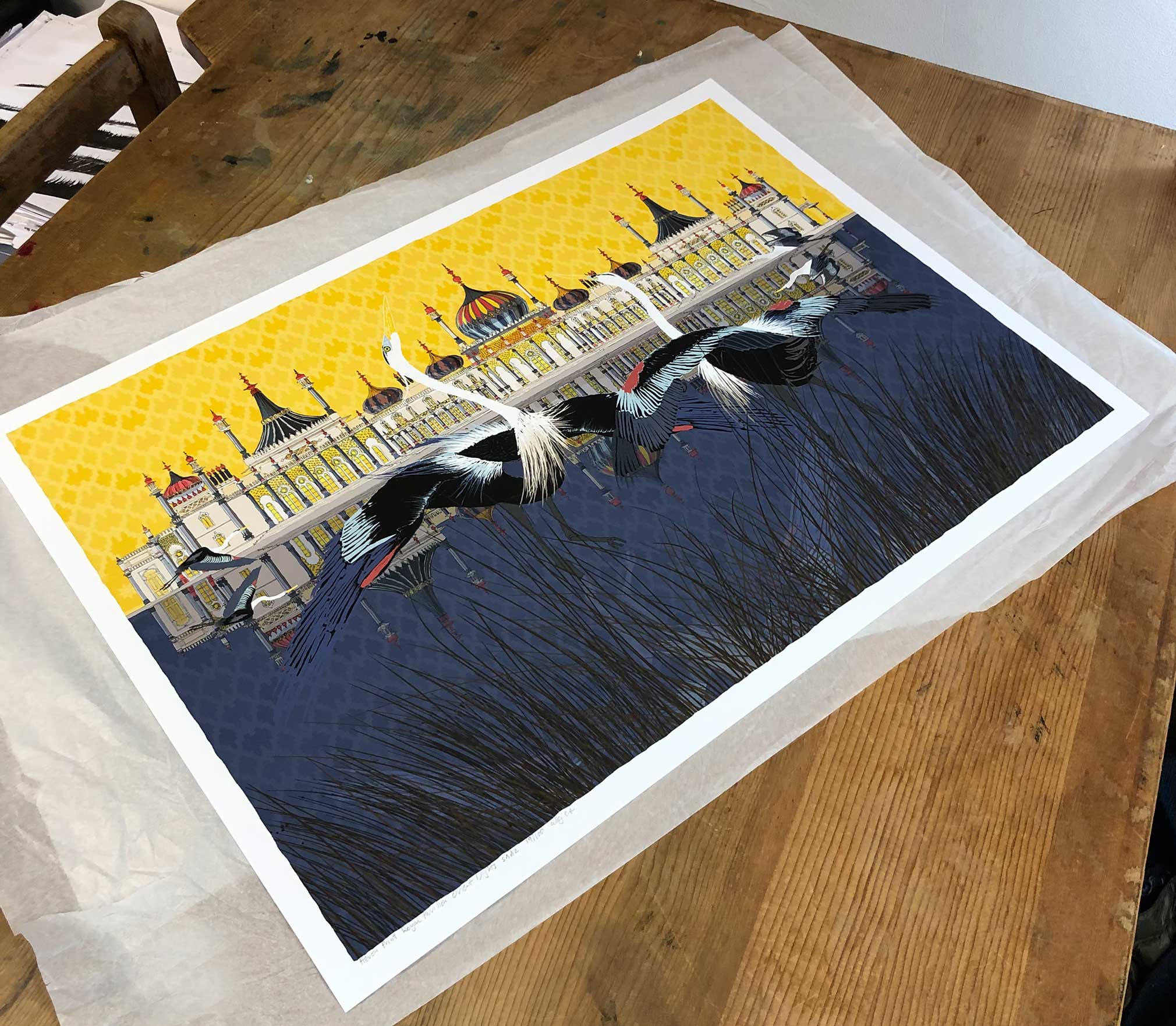
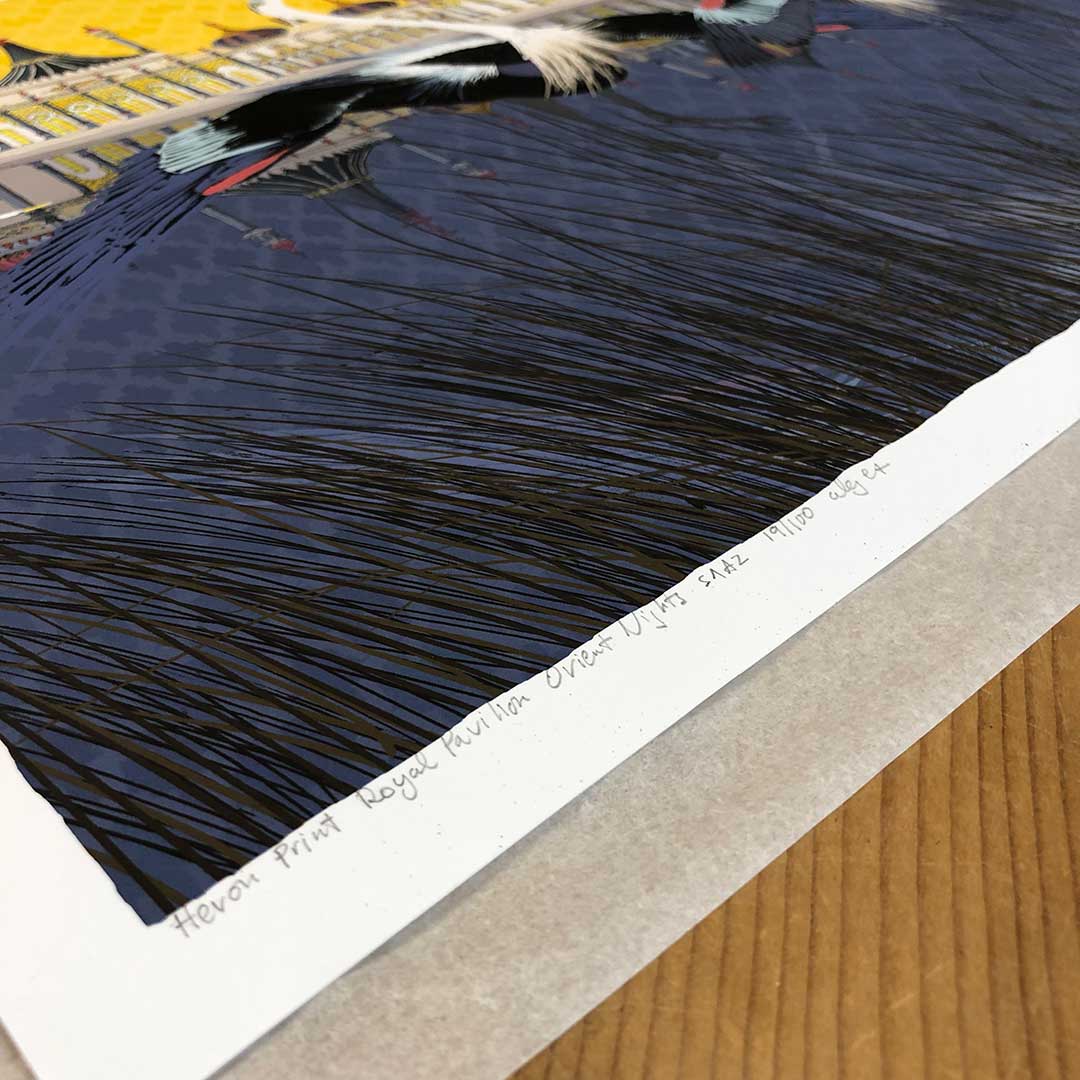



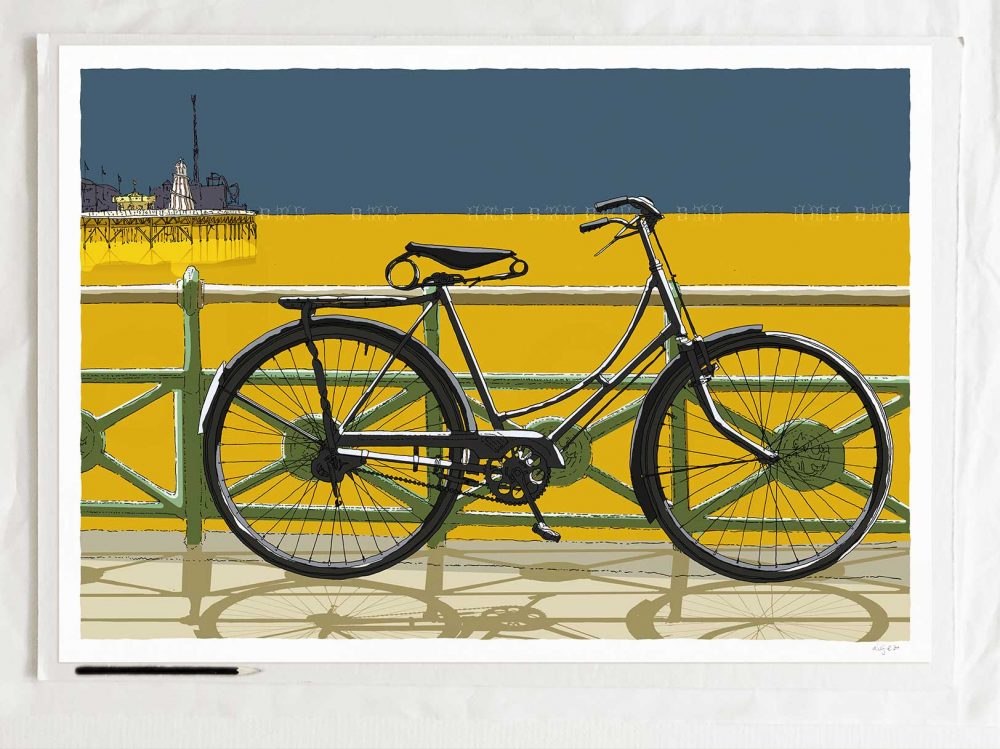
Reviews
There are no reviews yet.